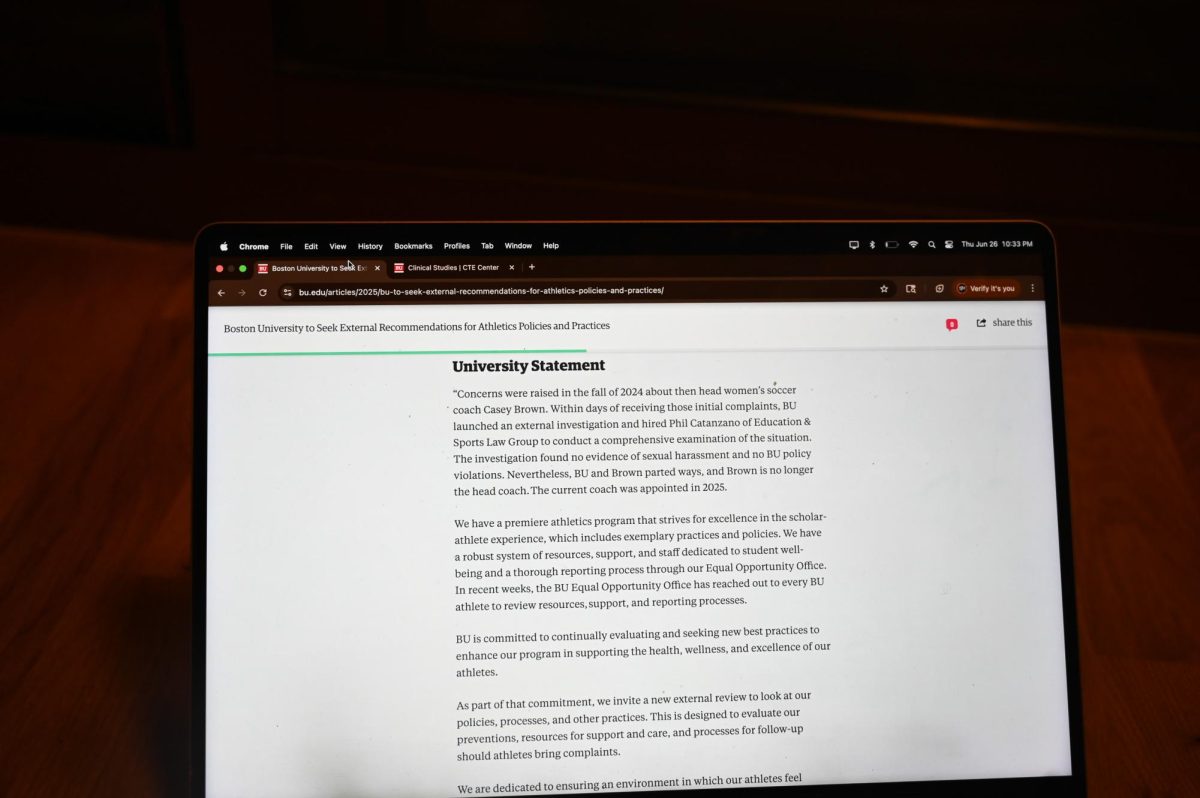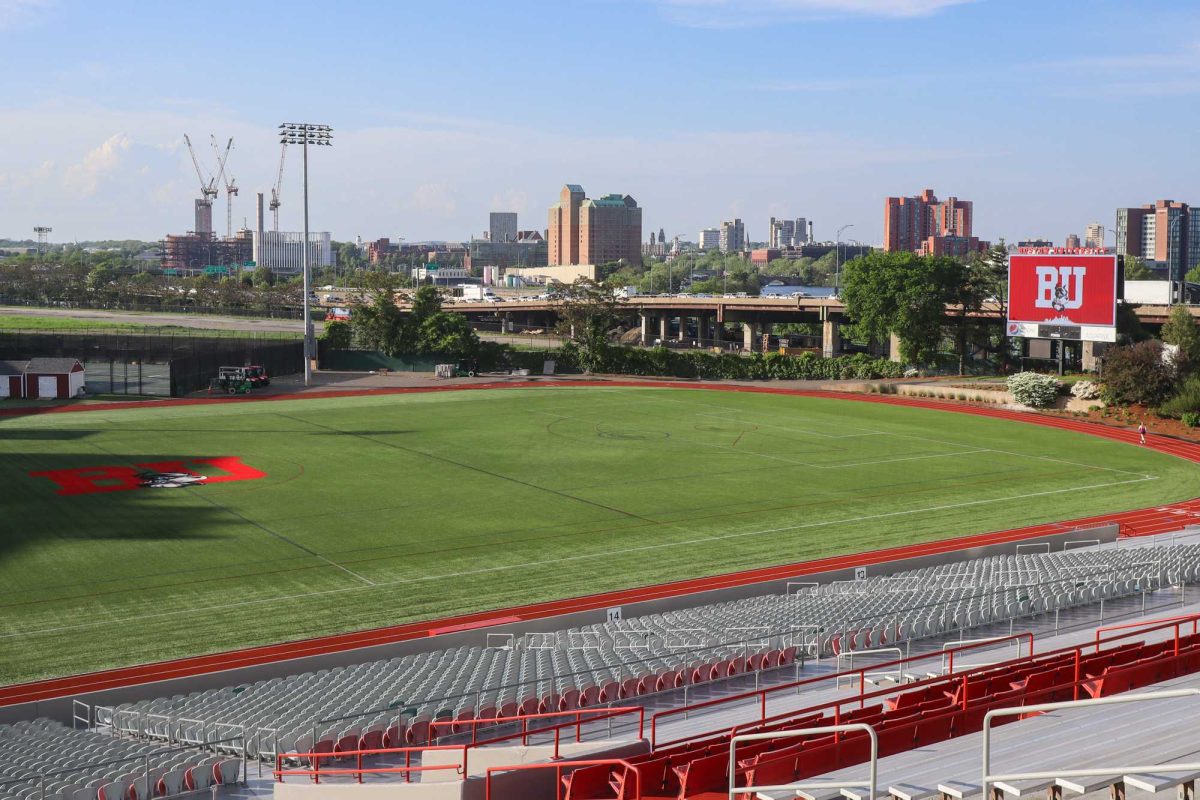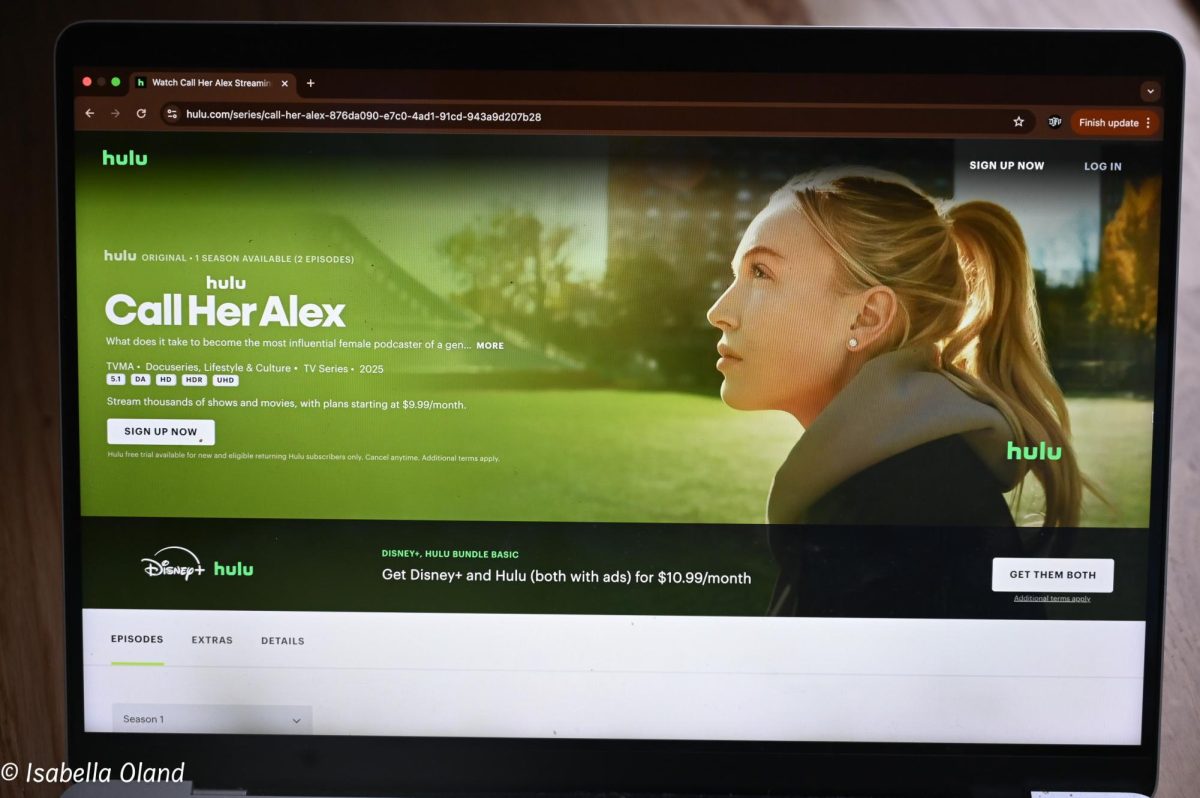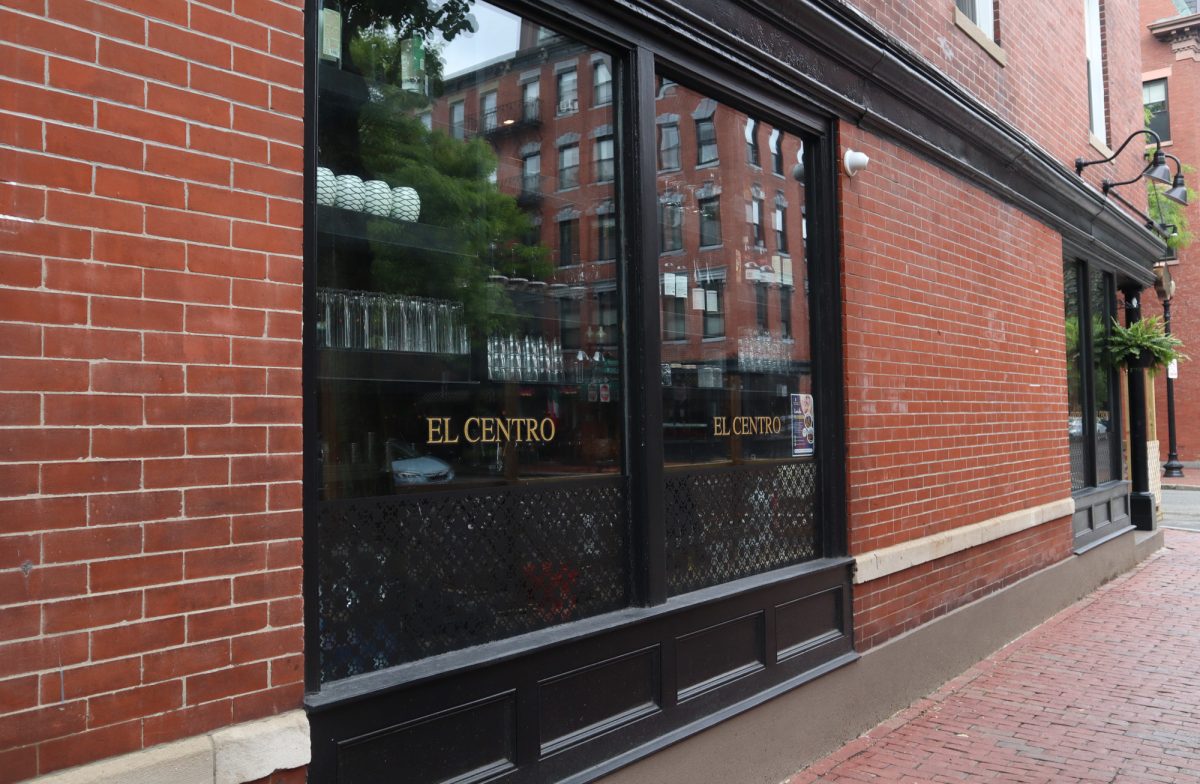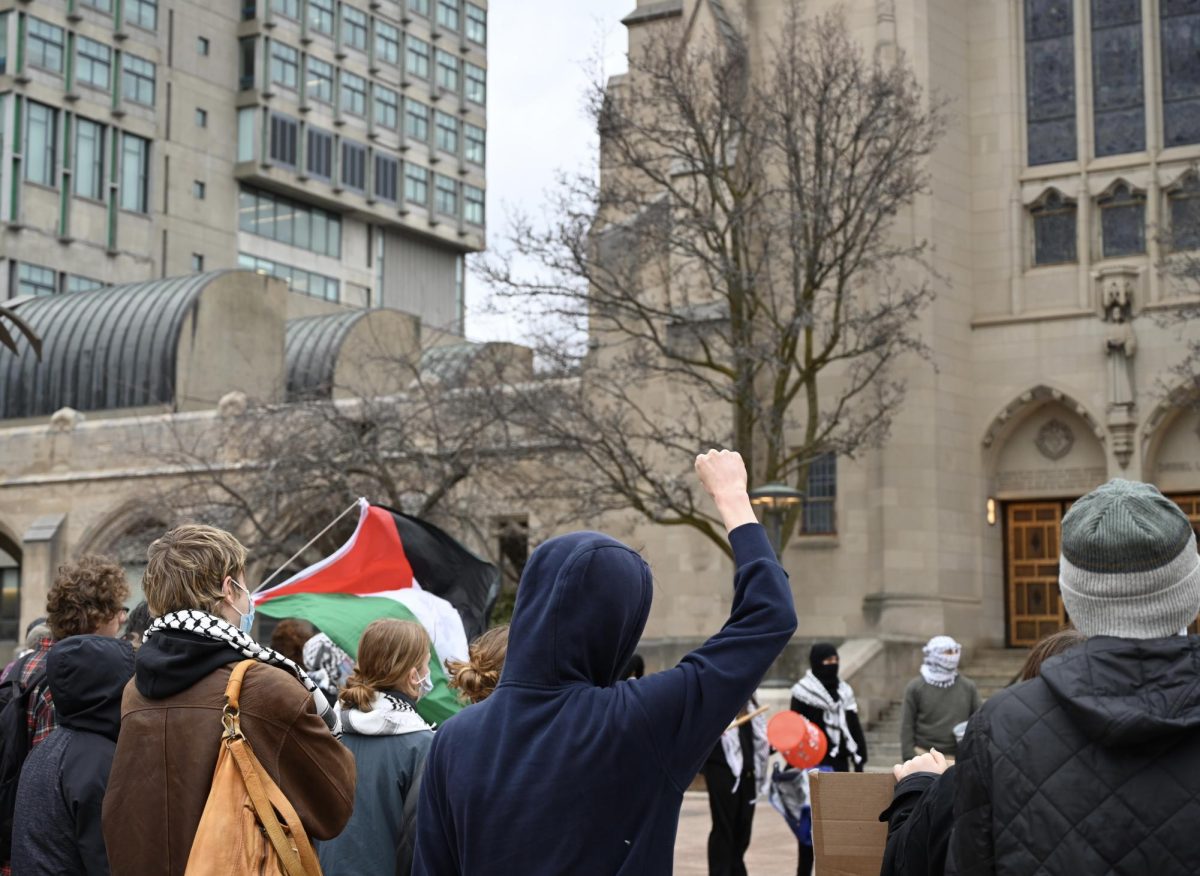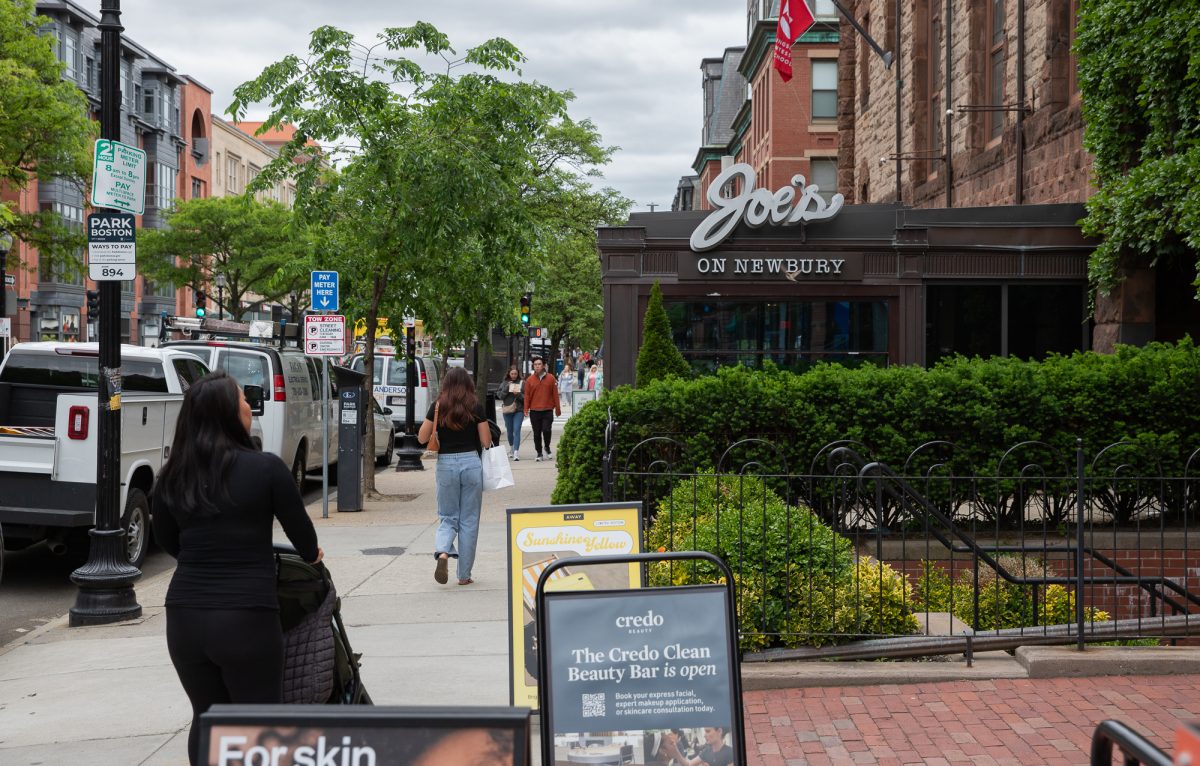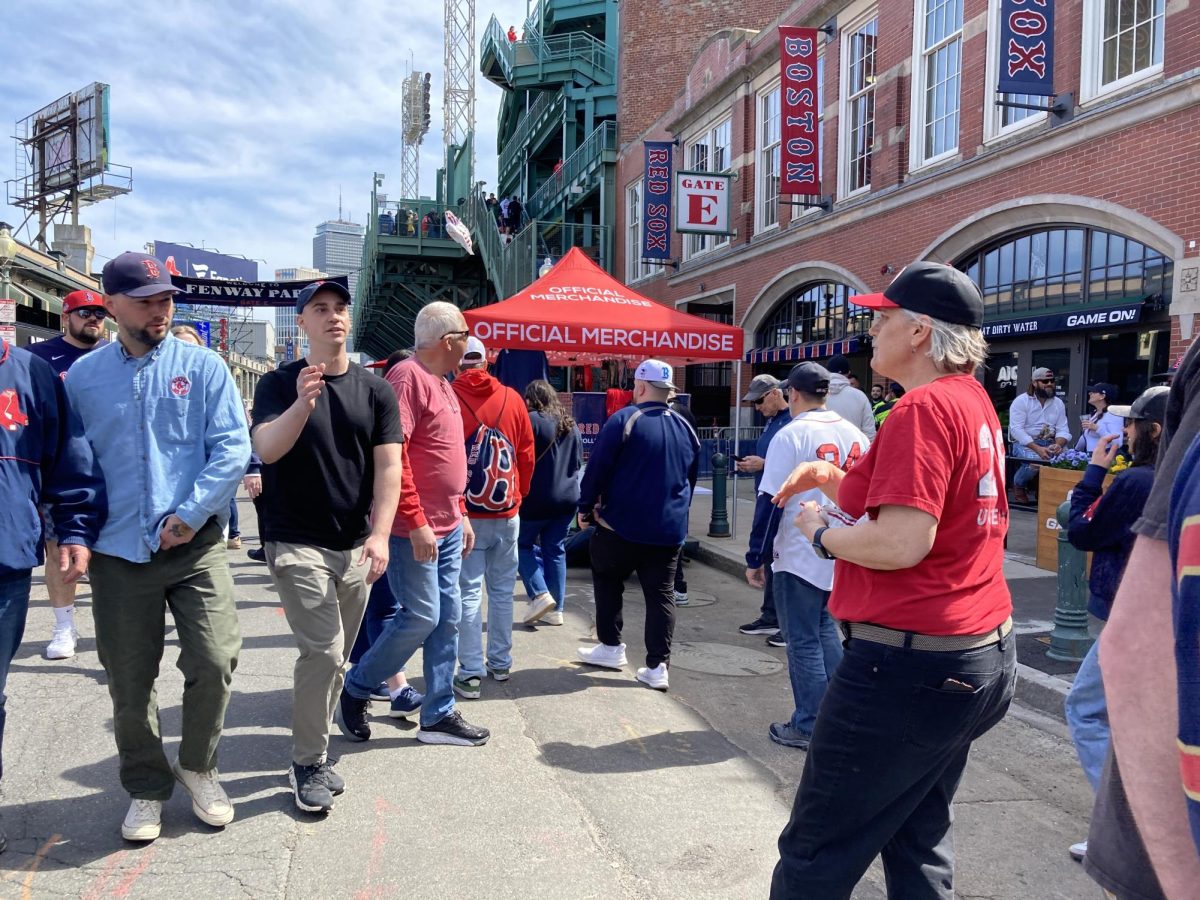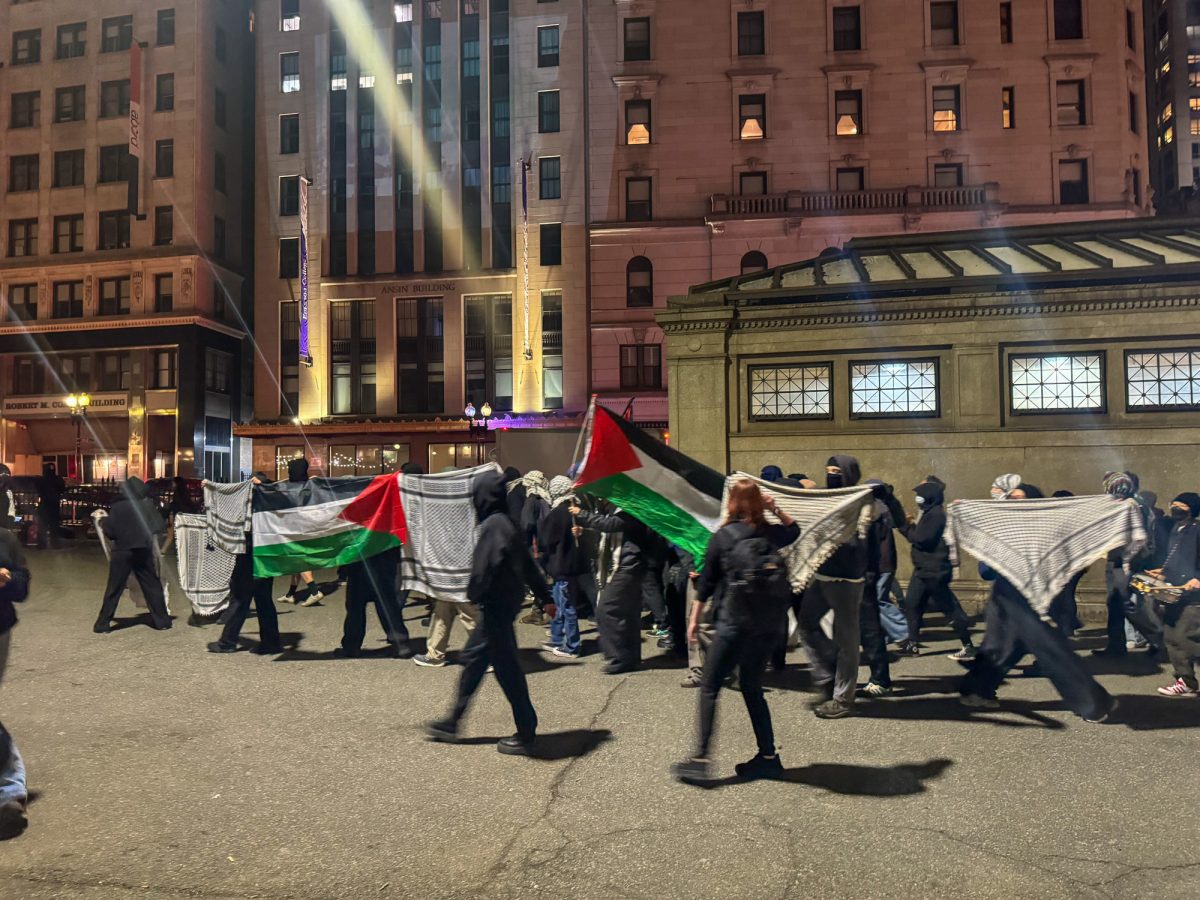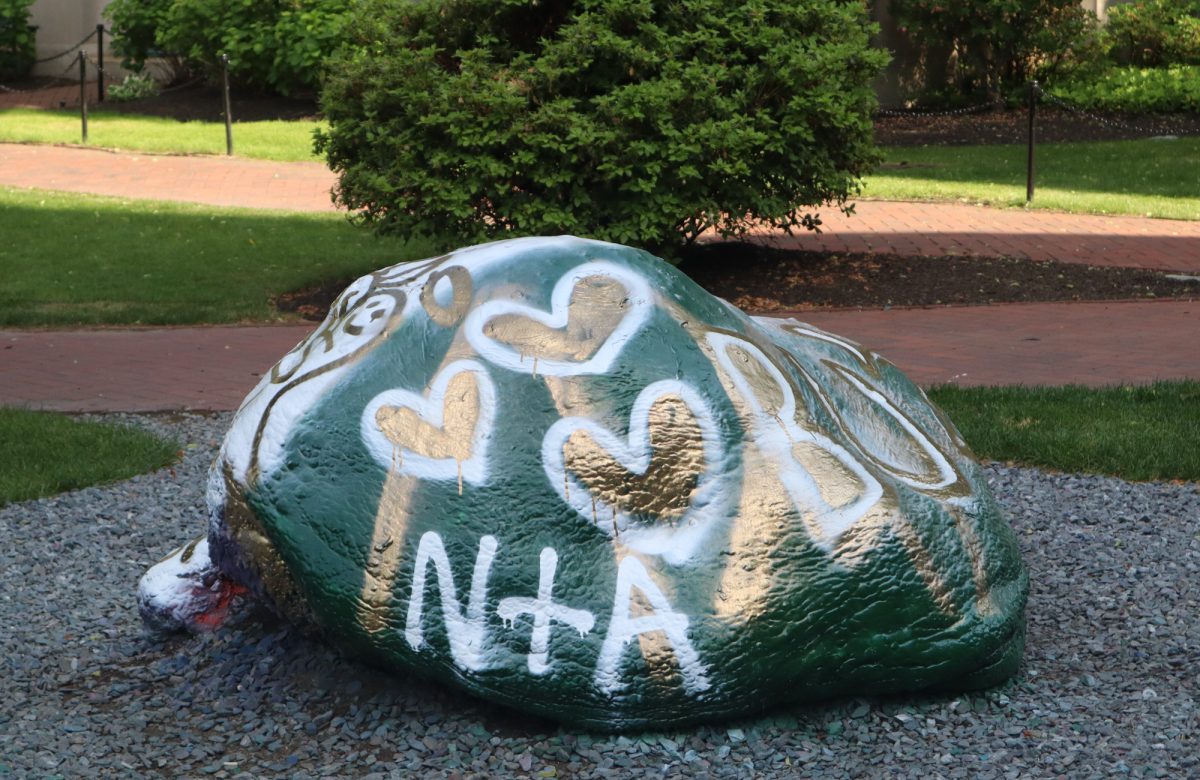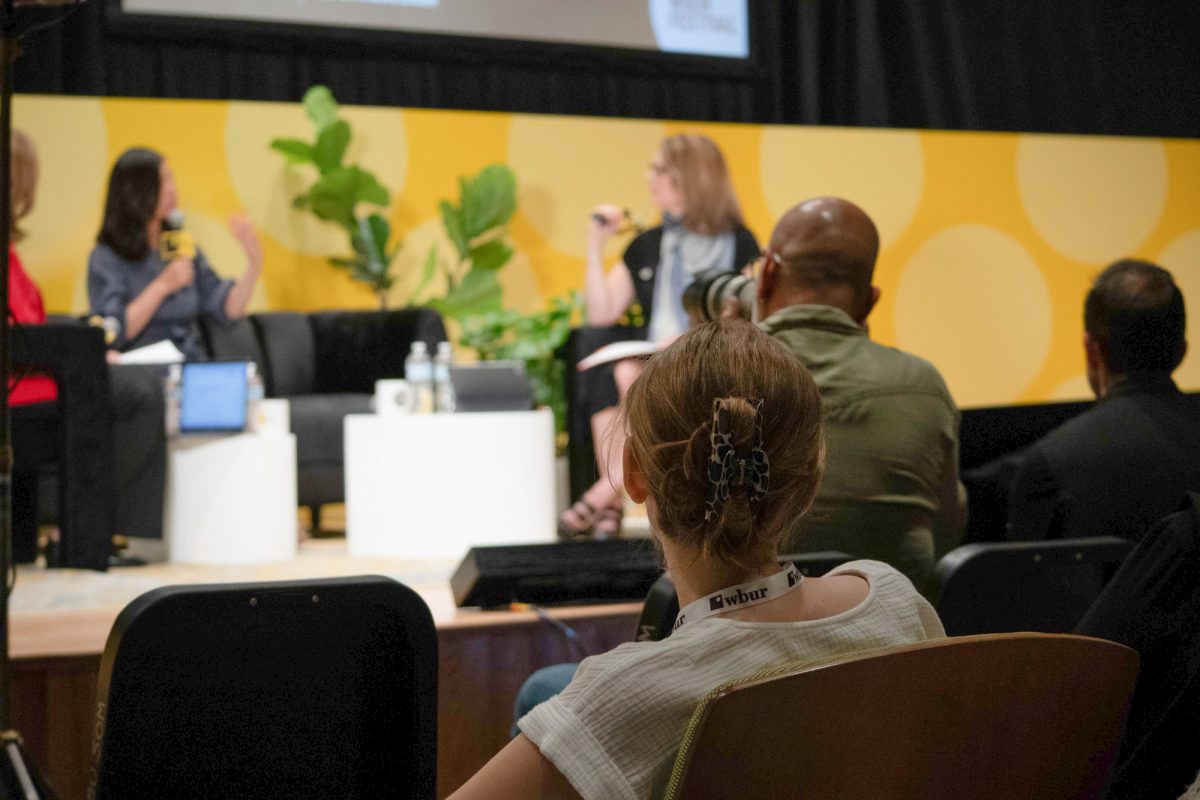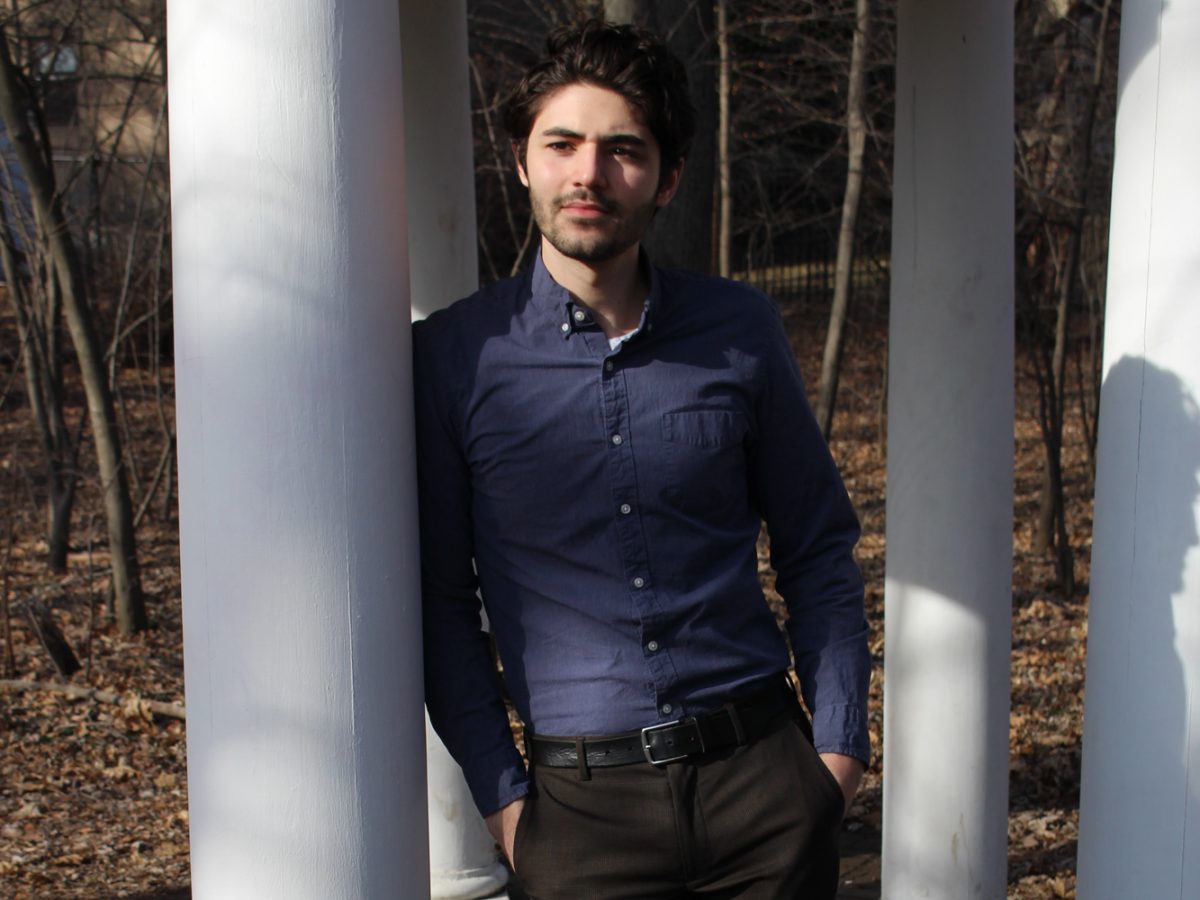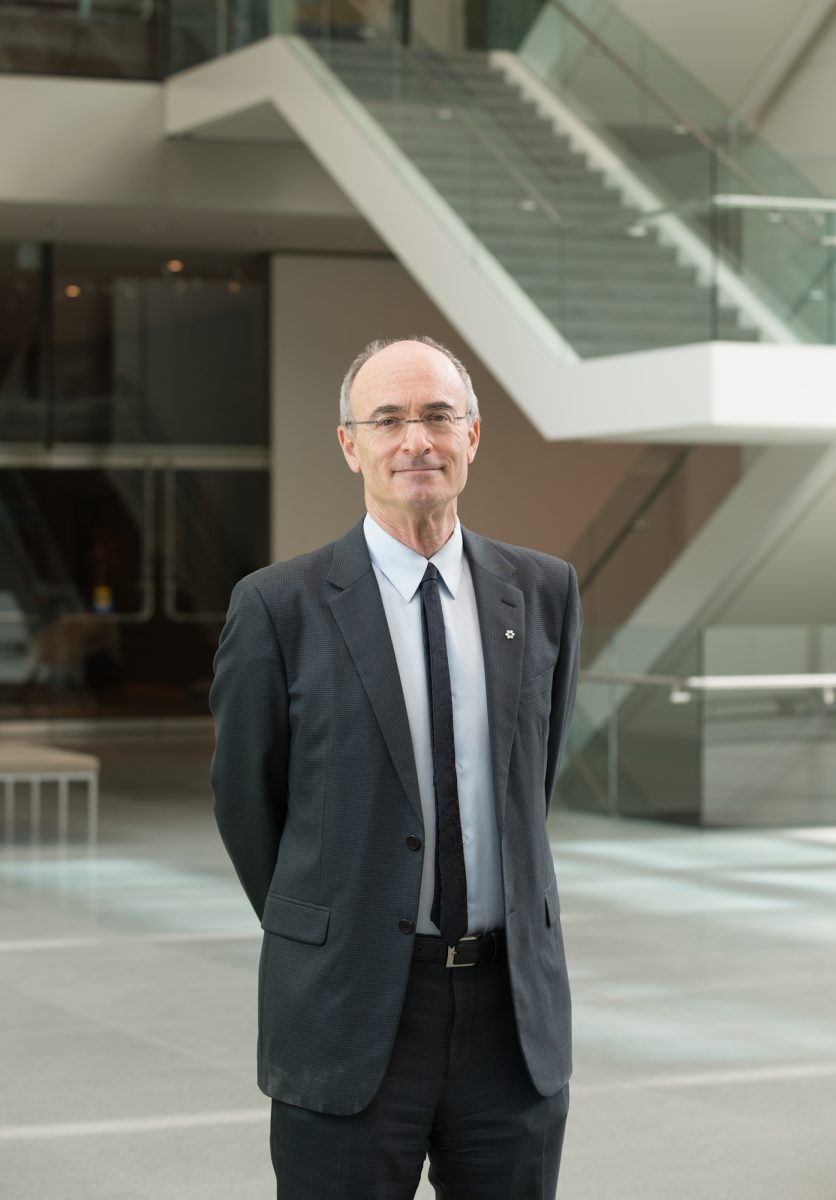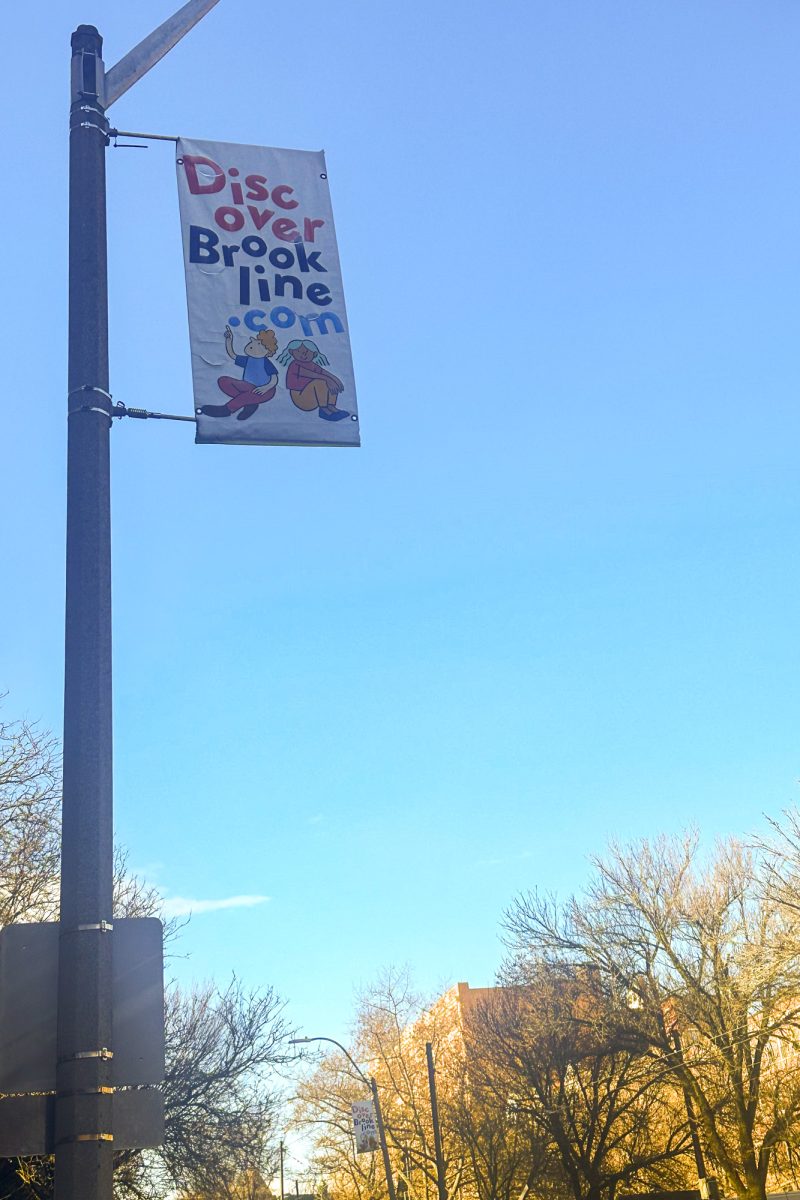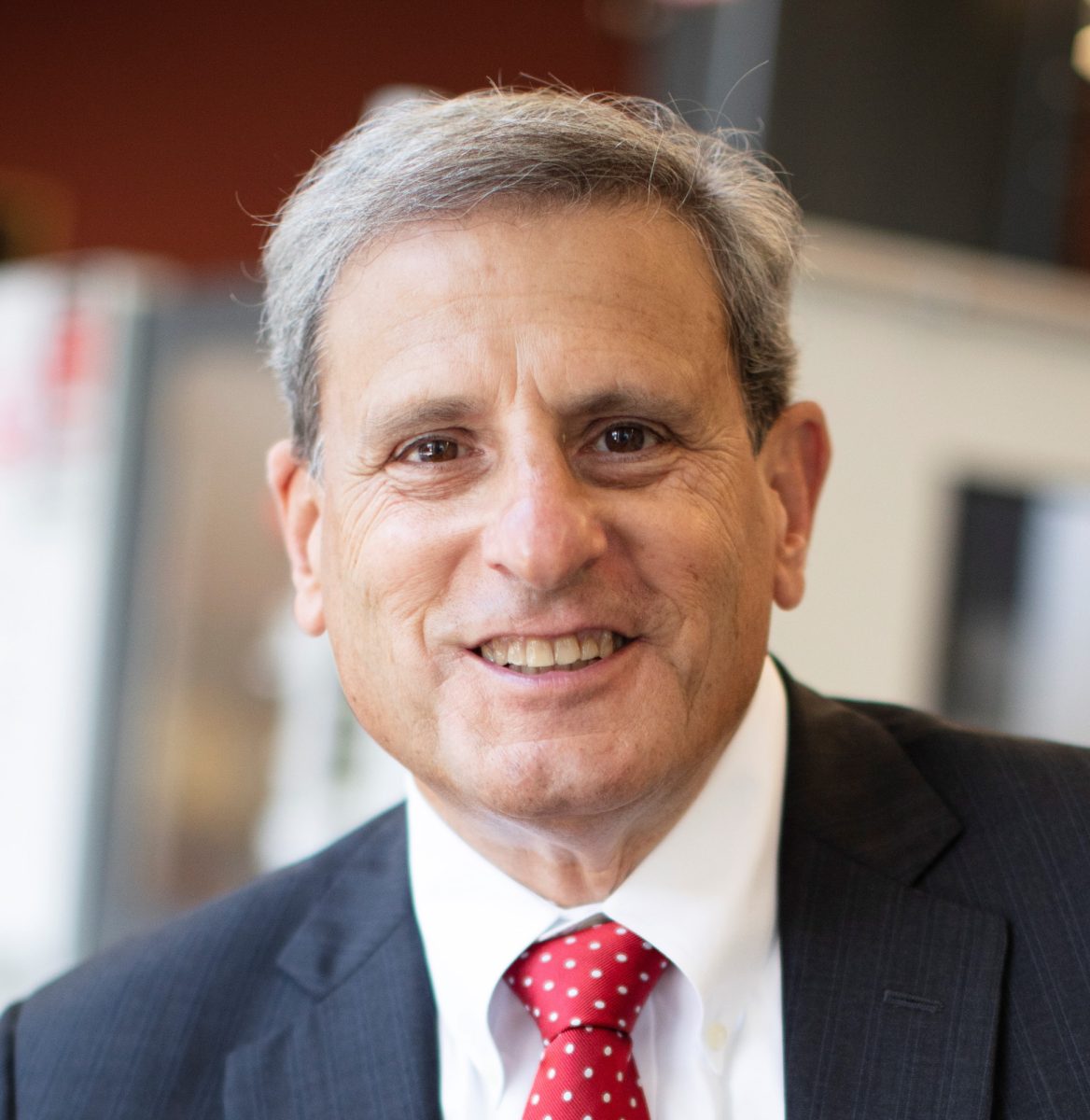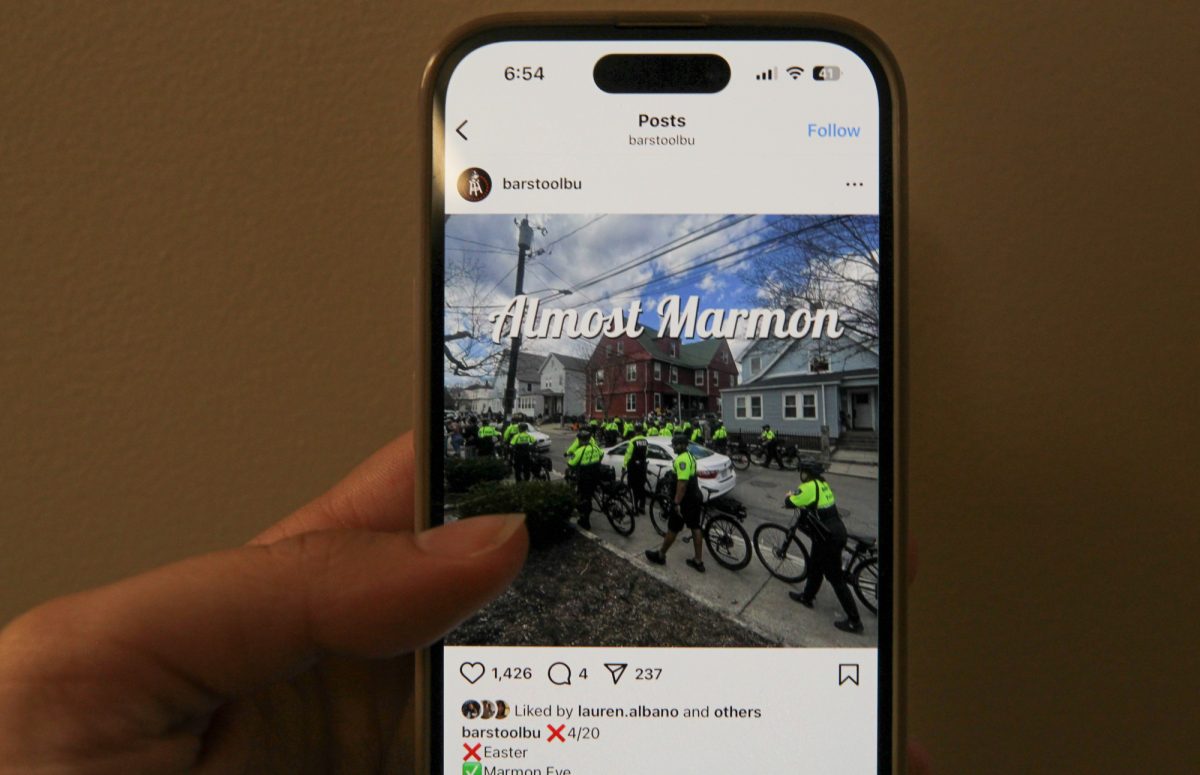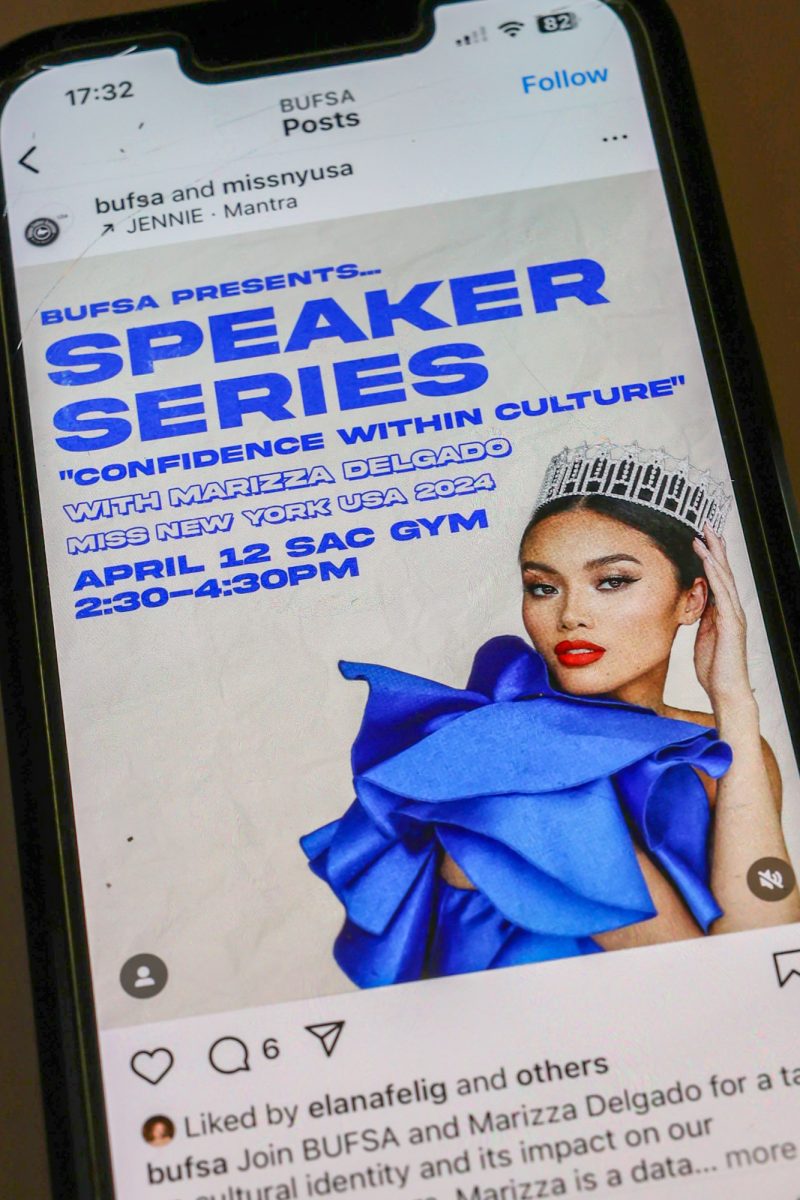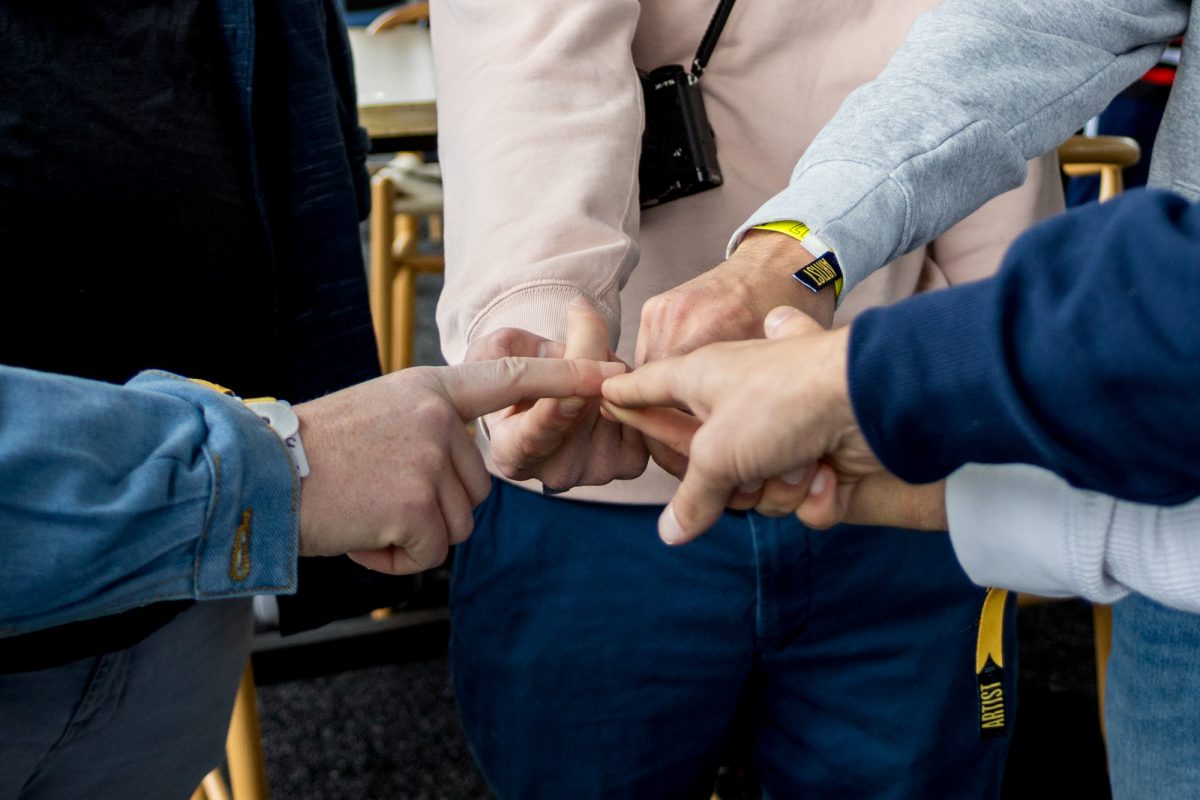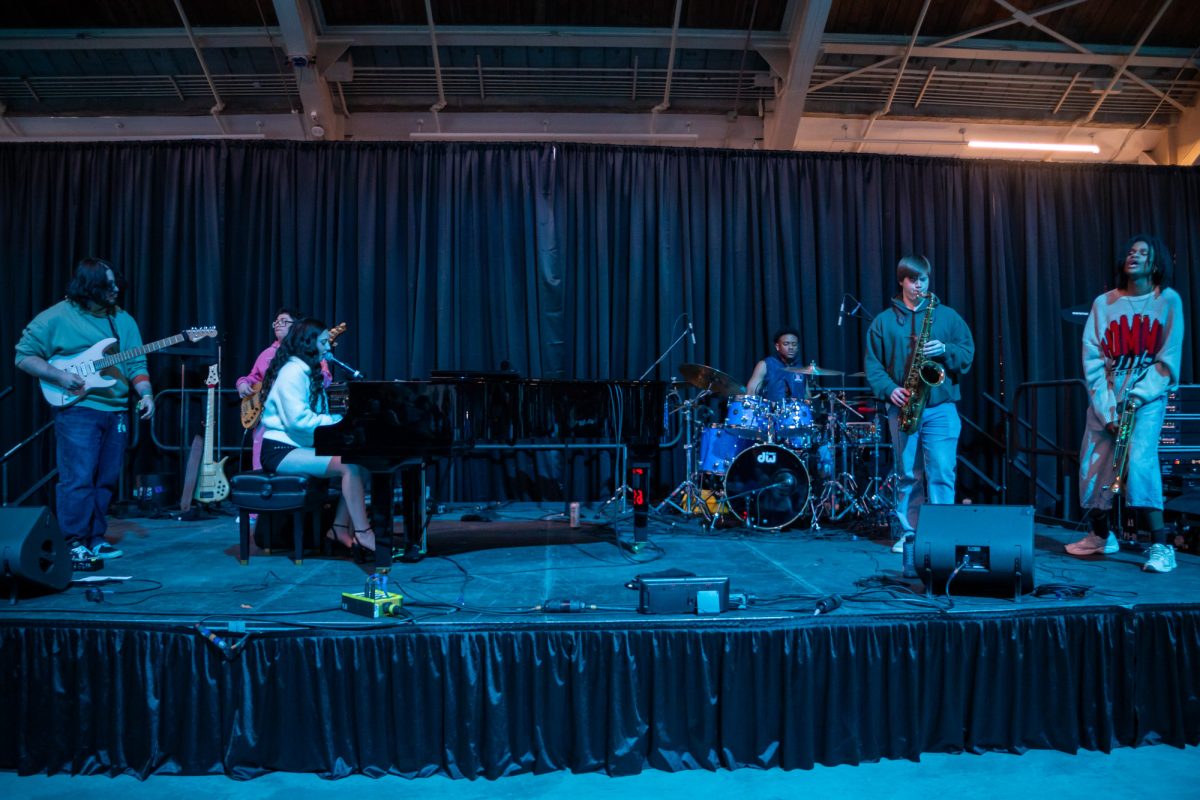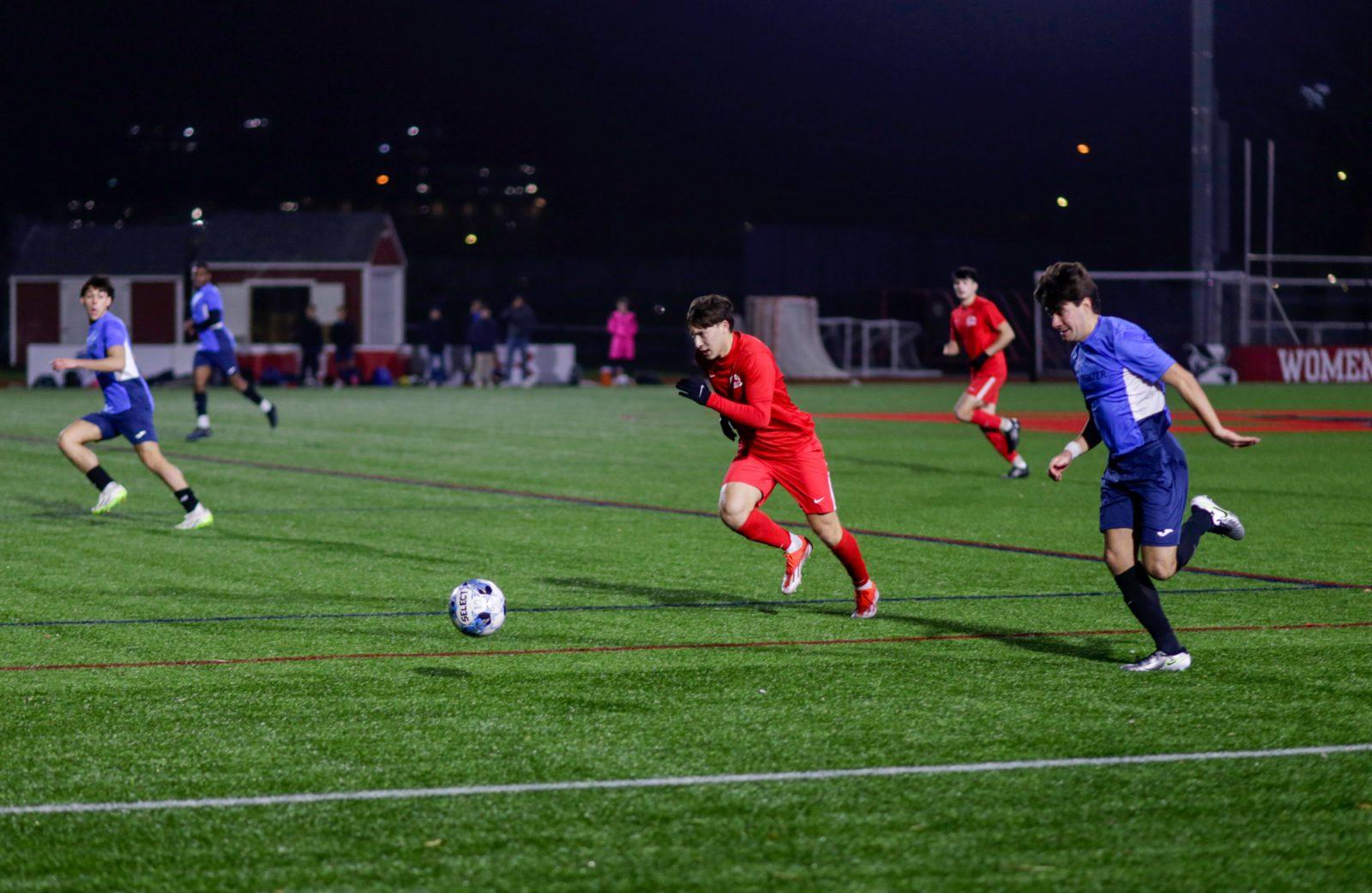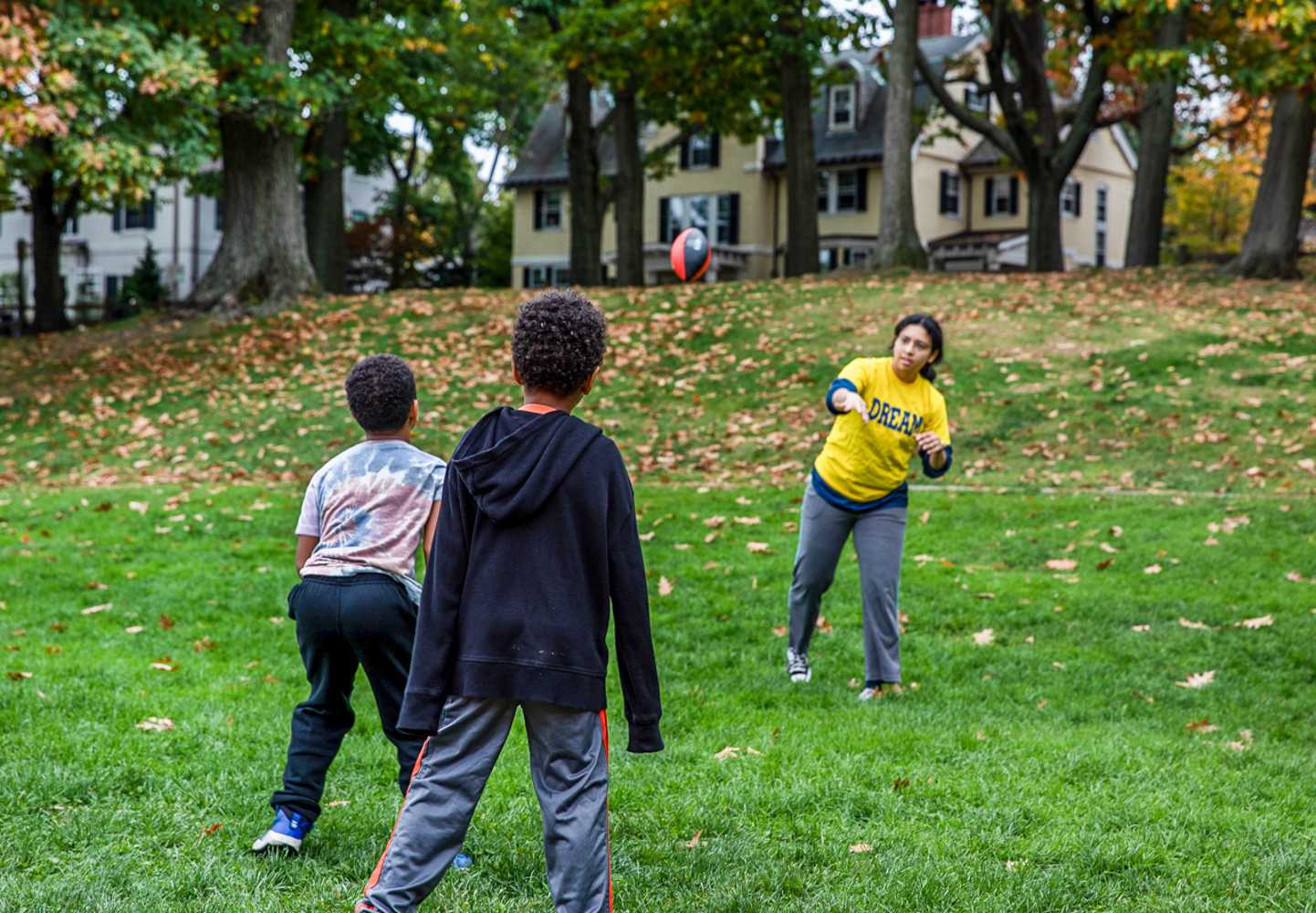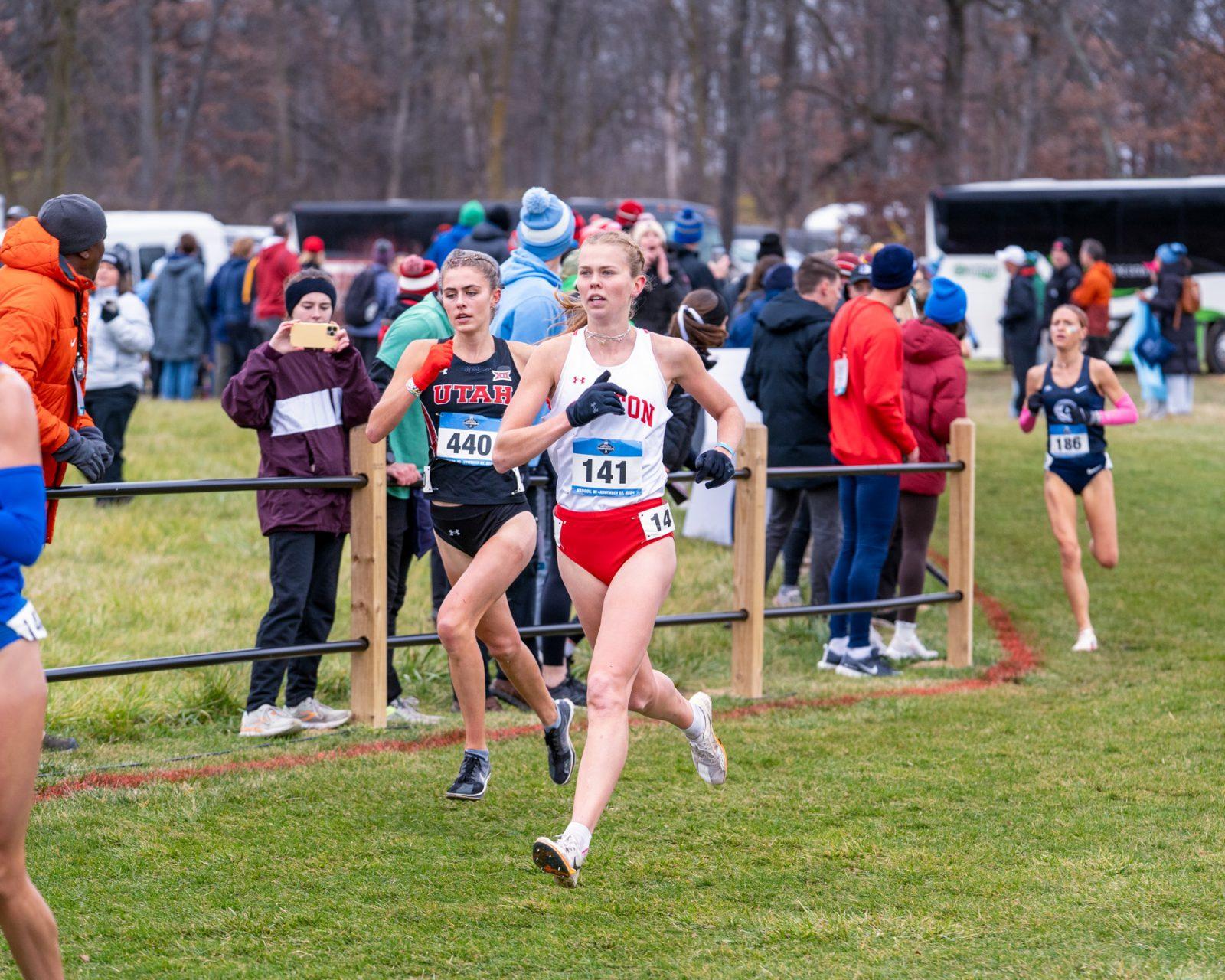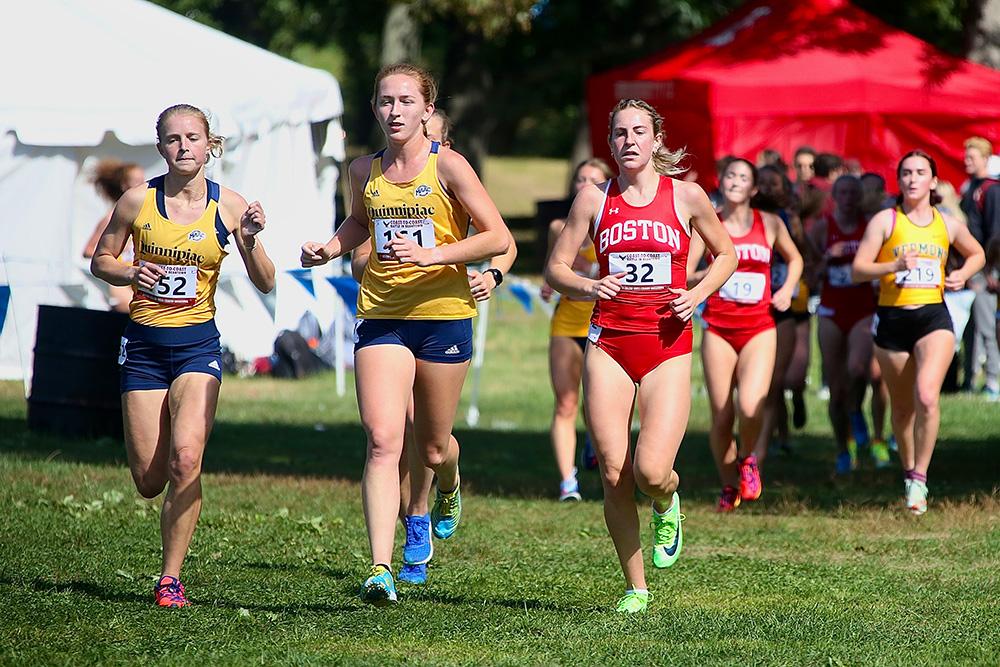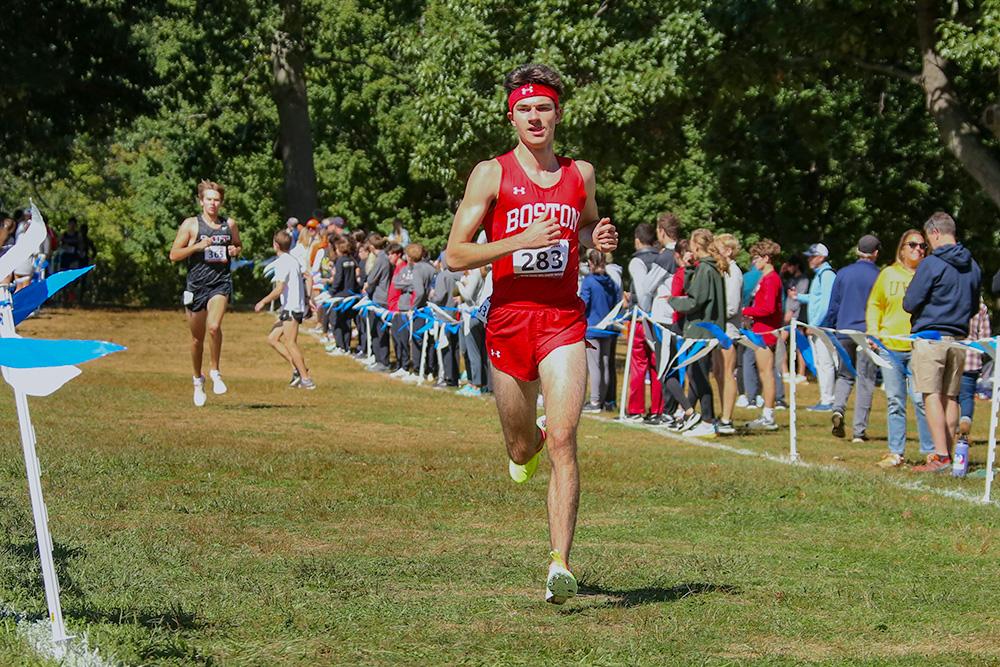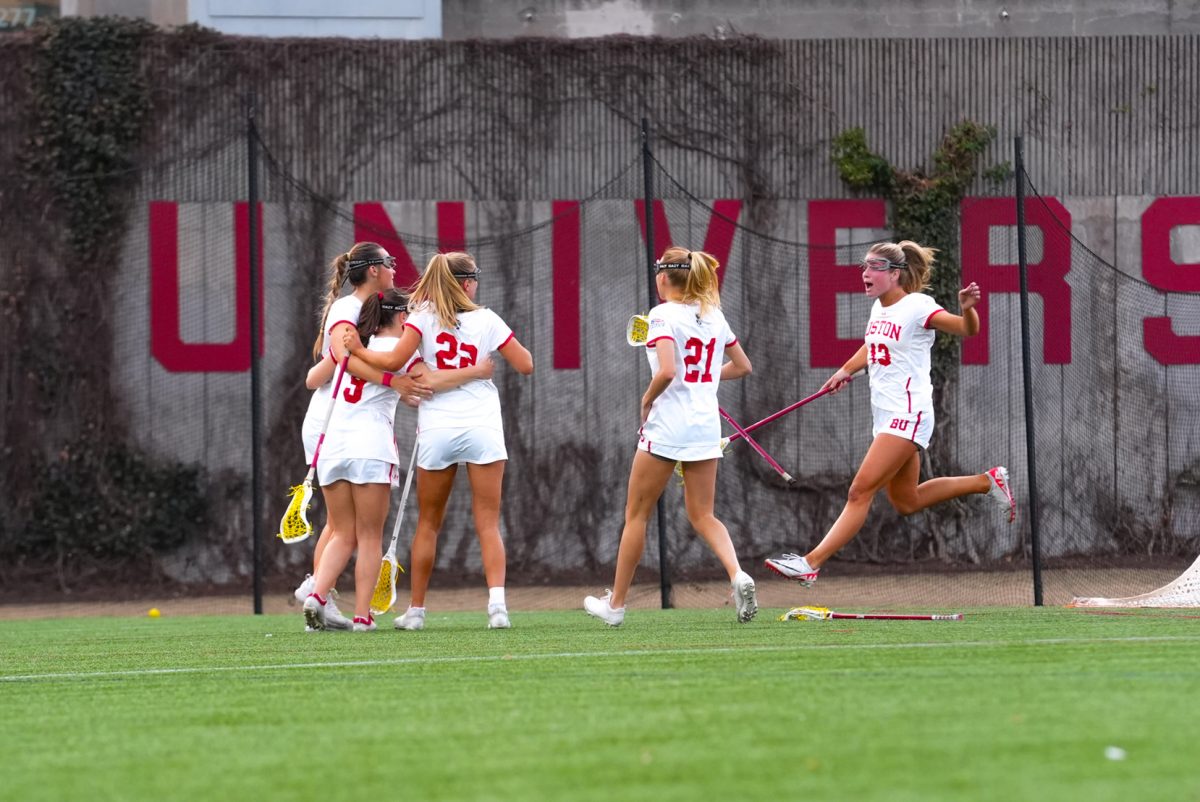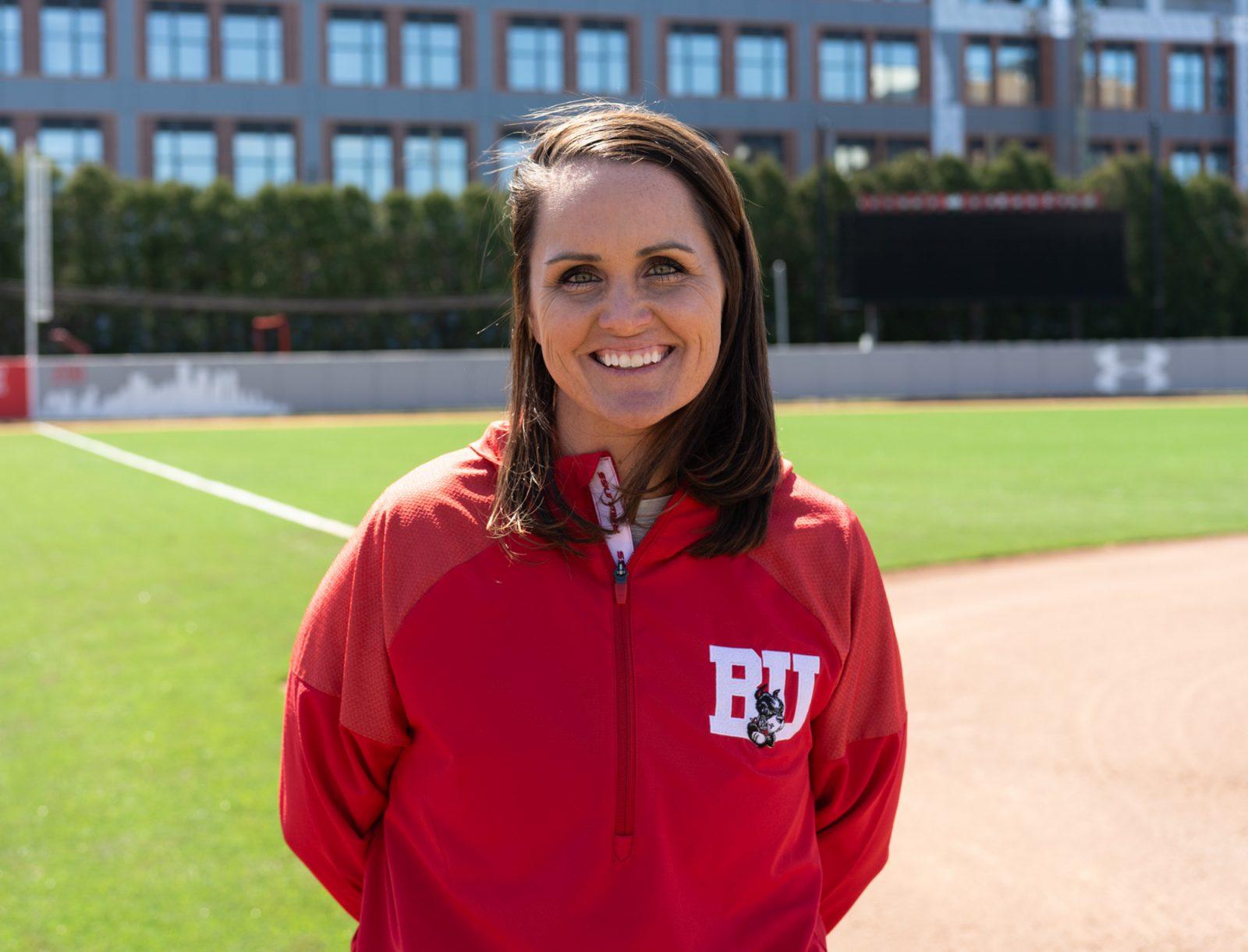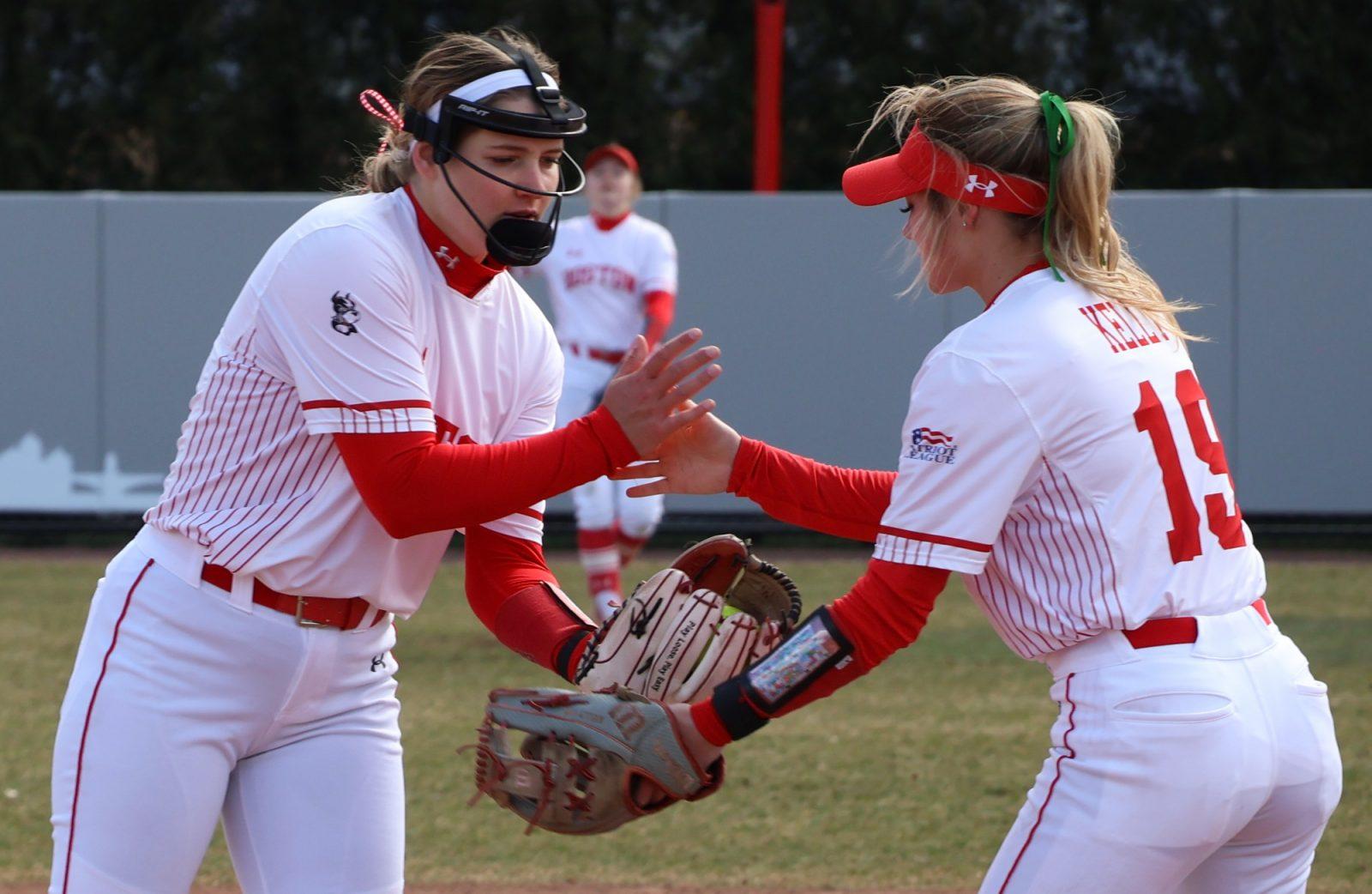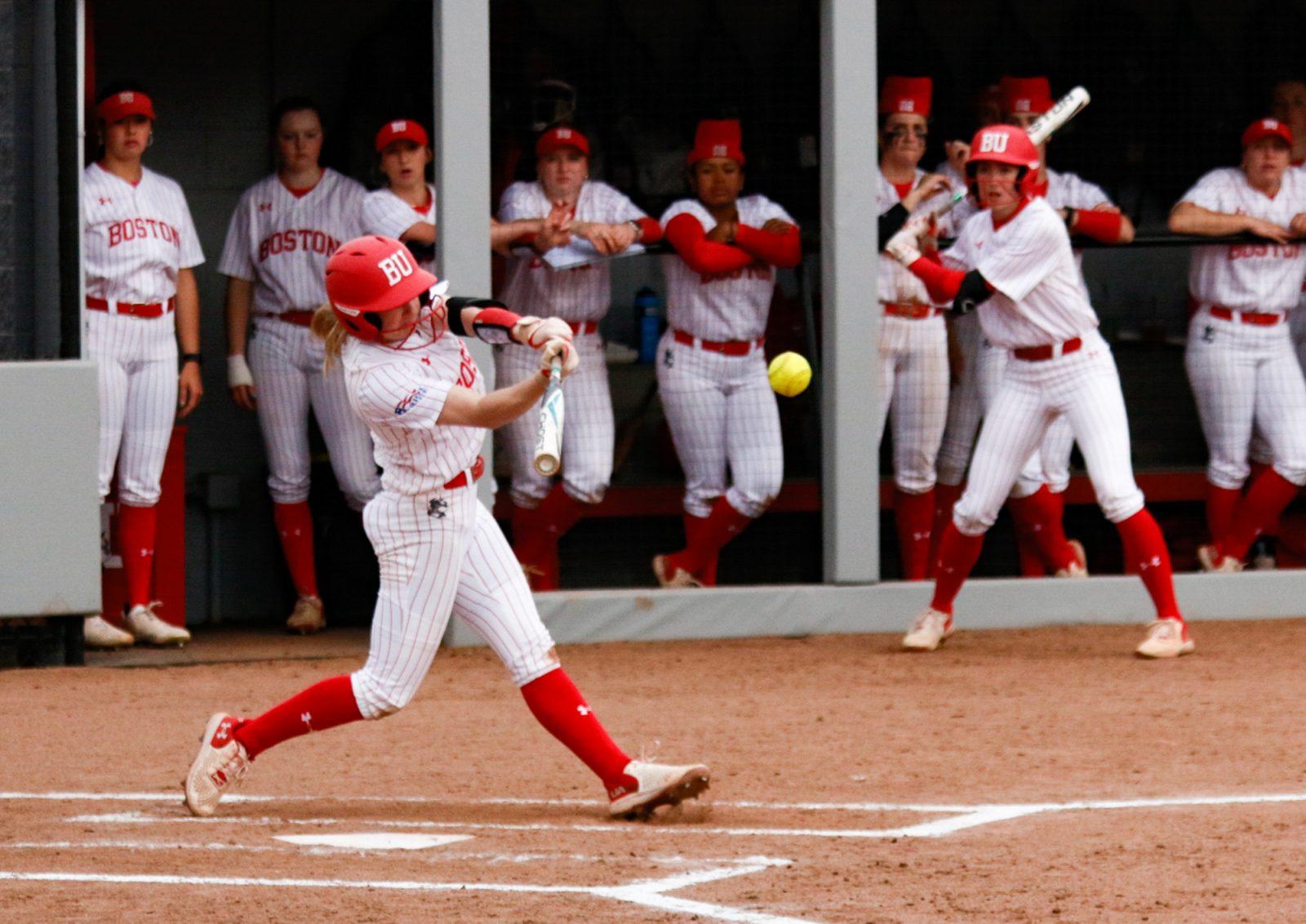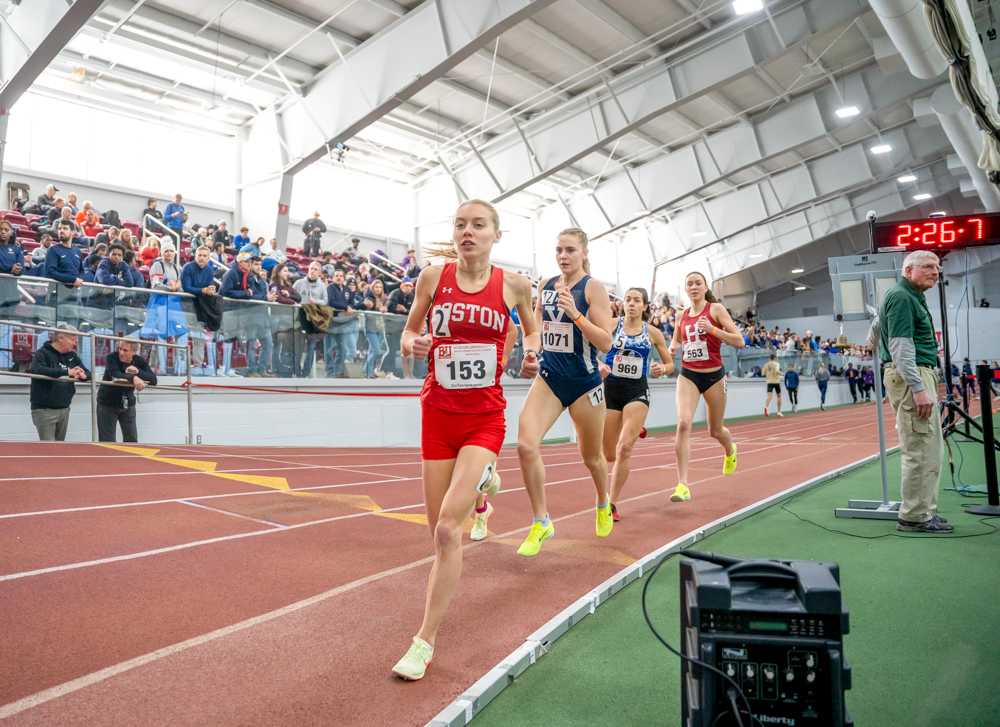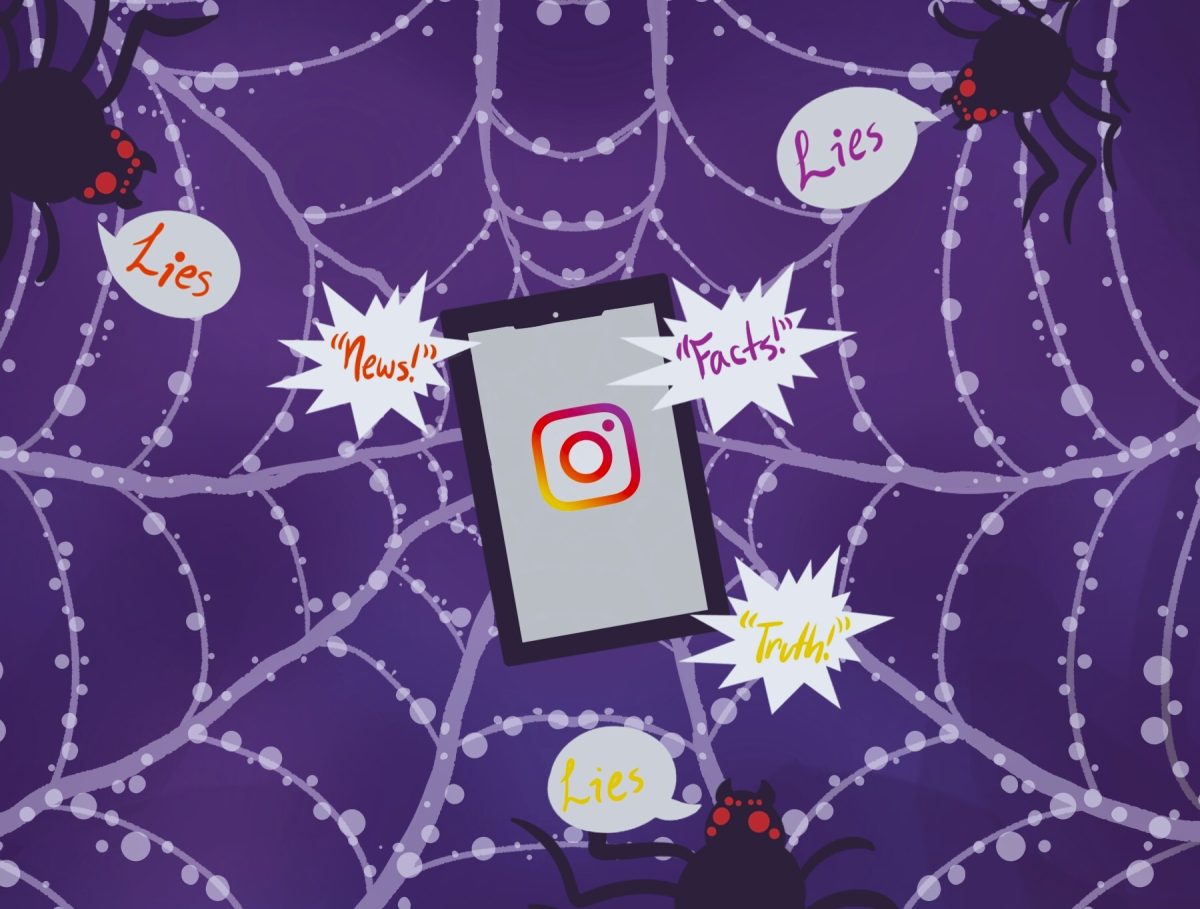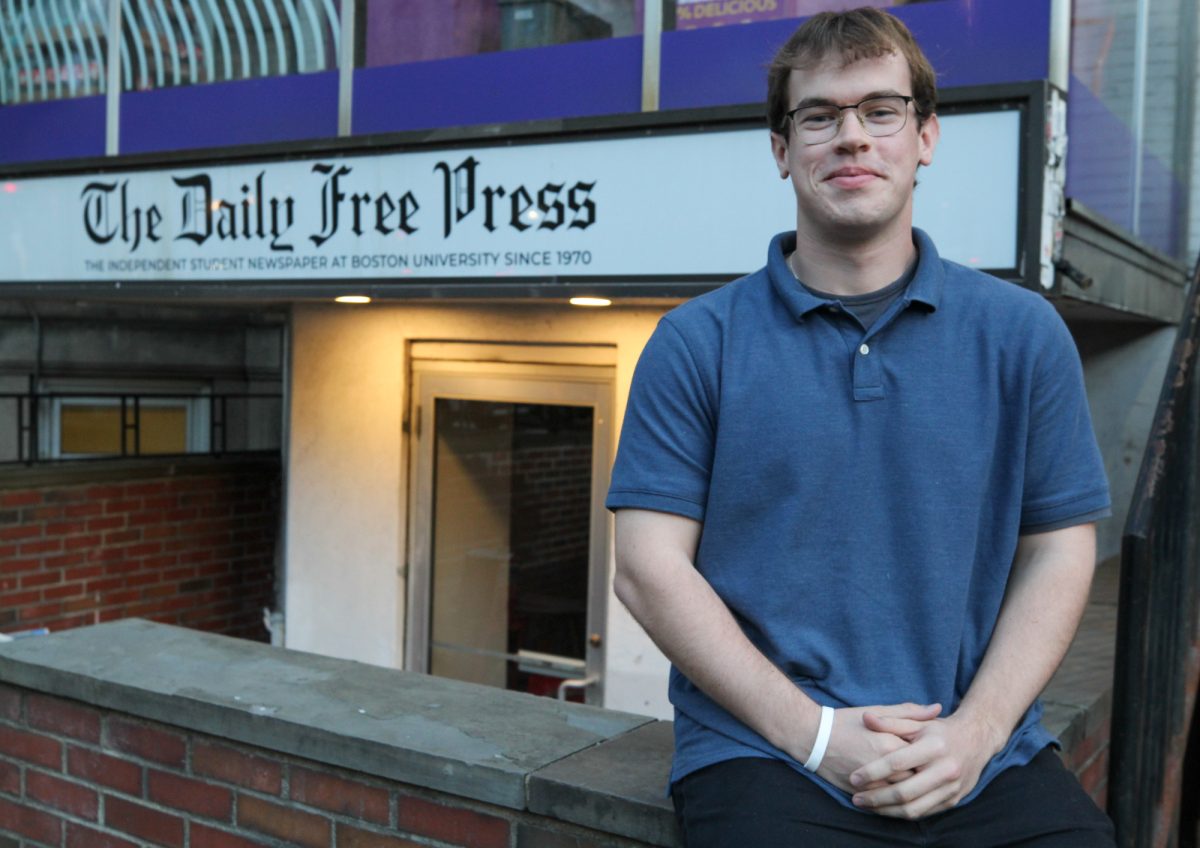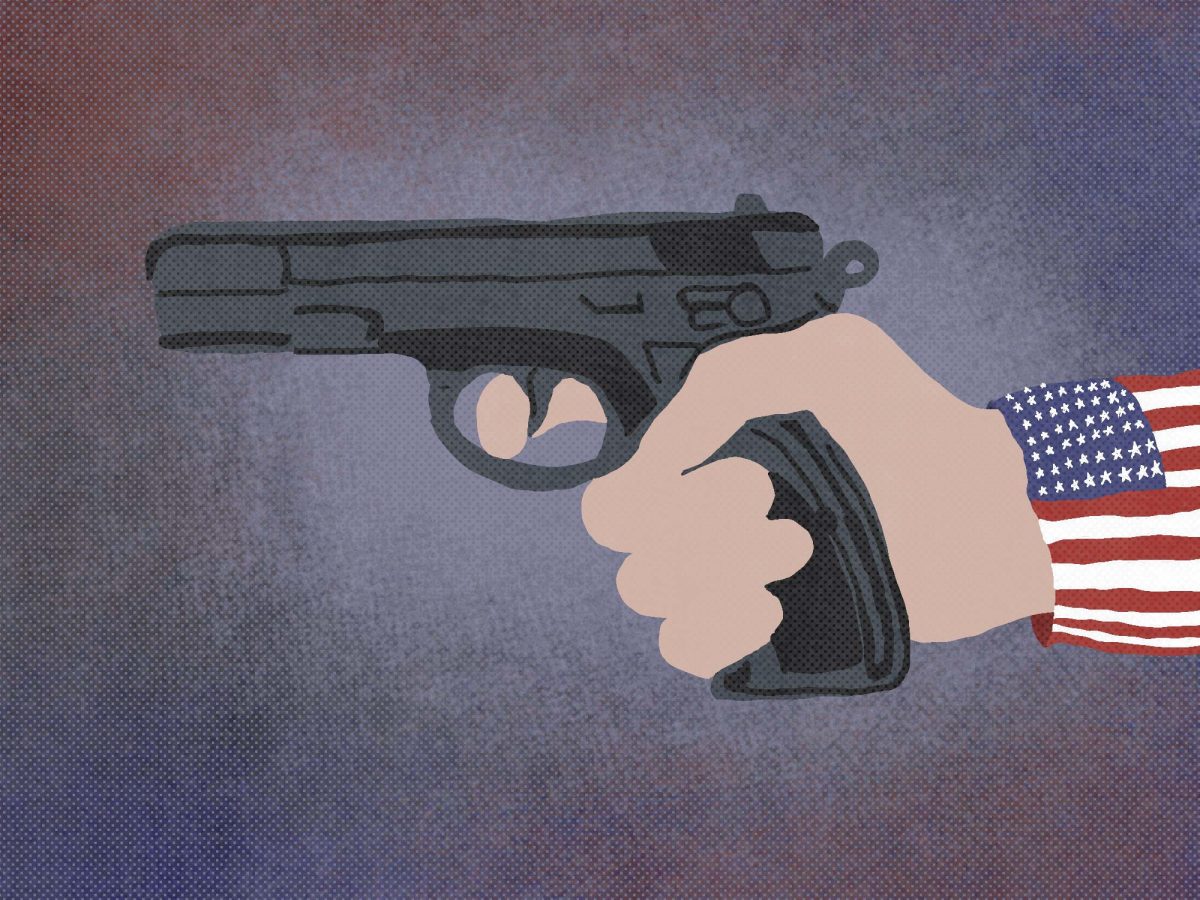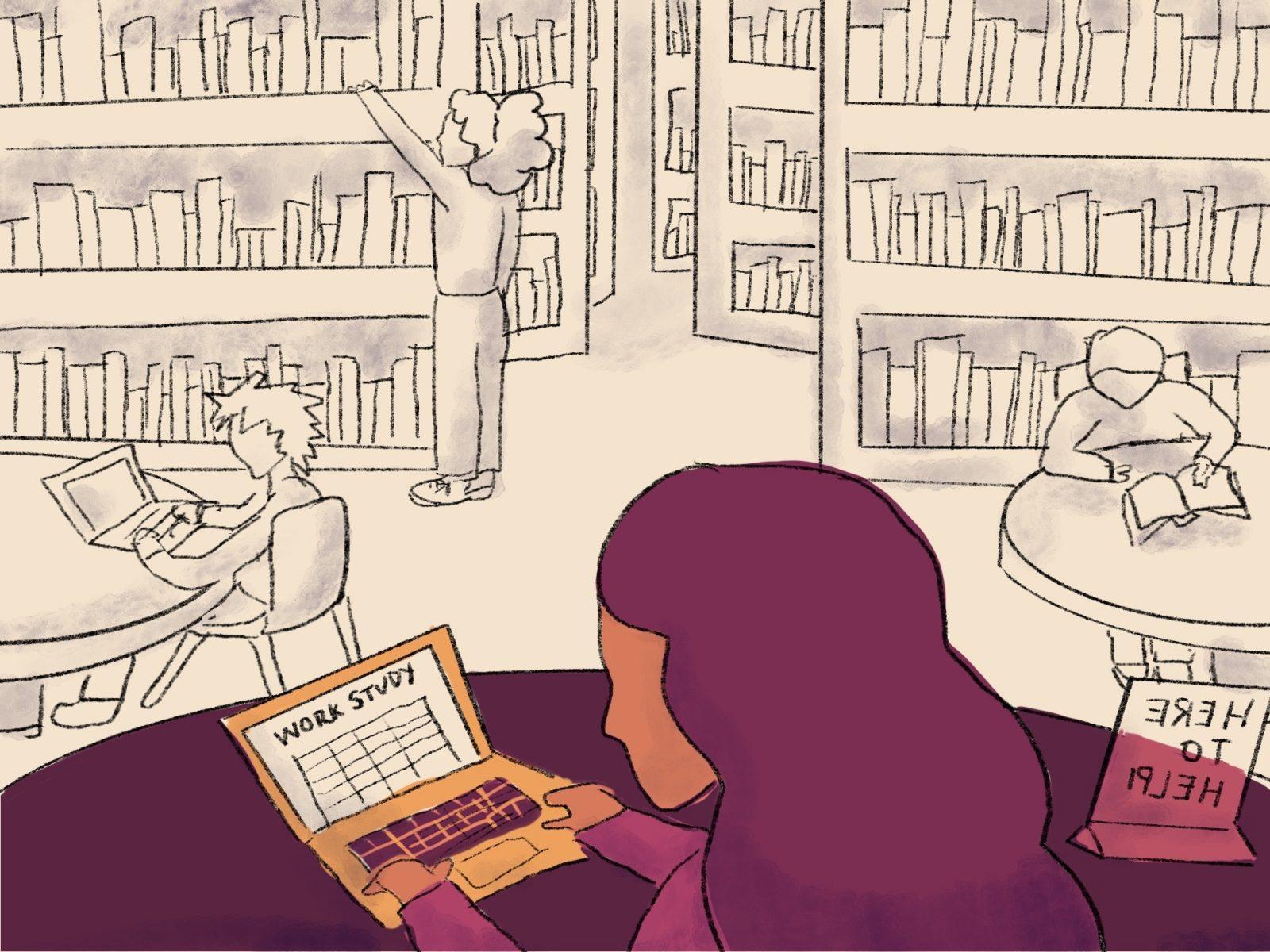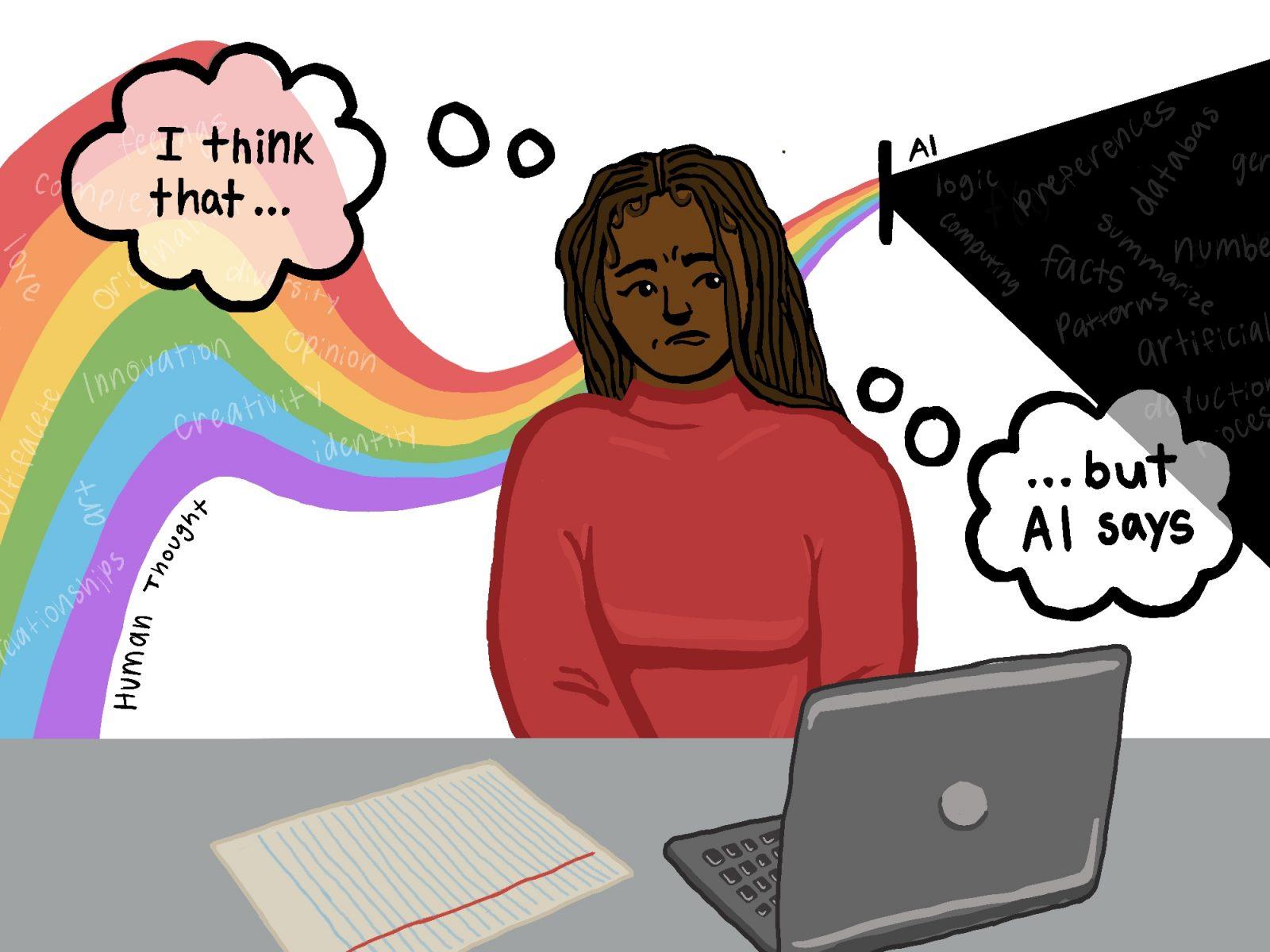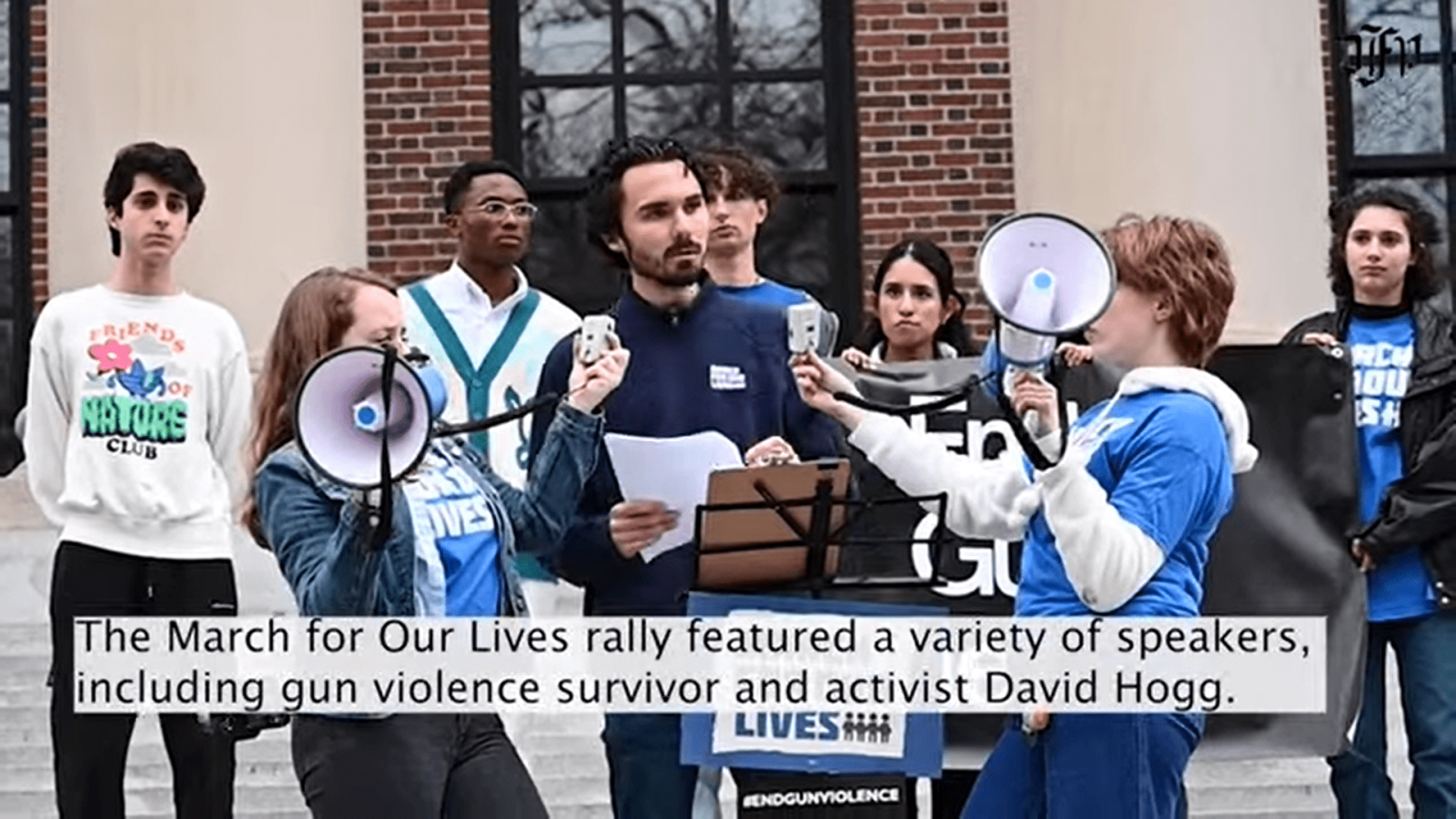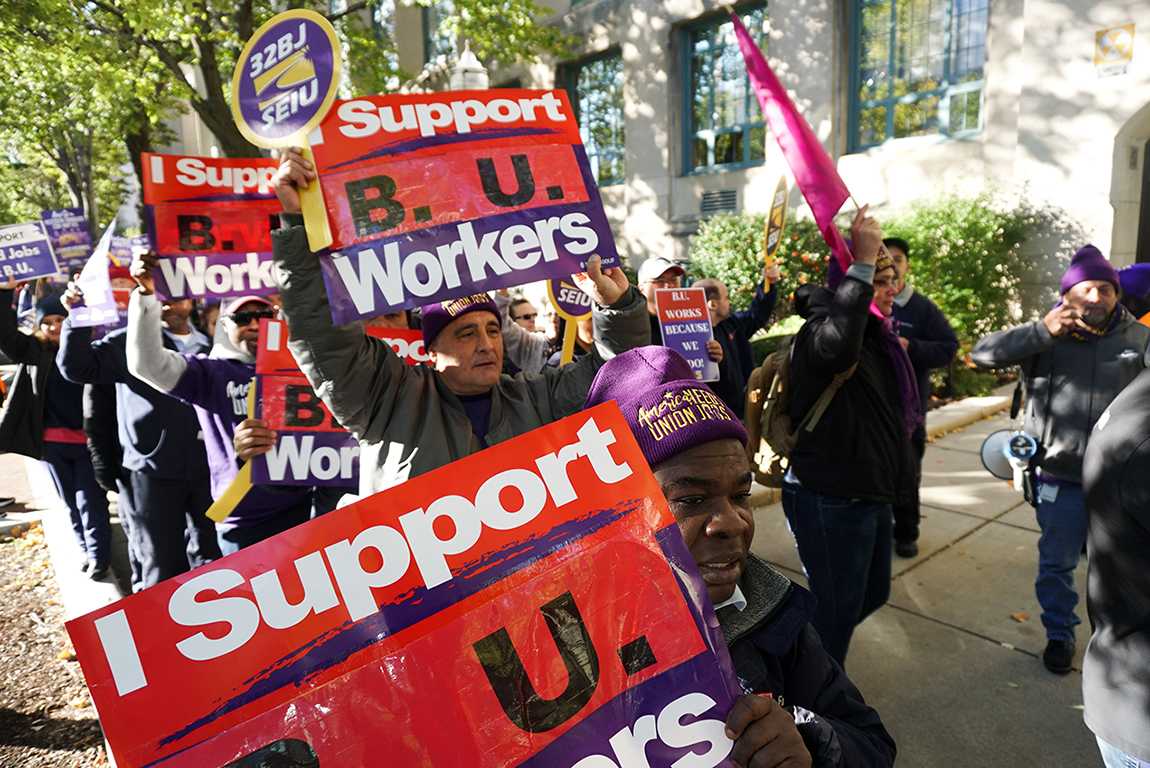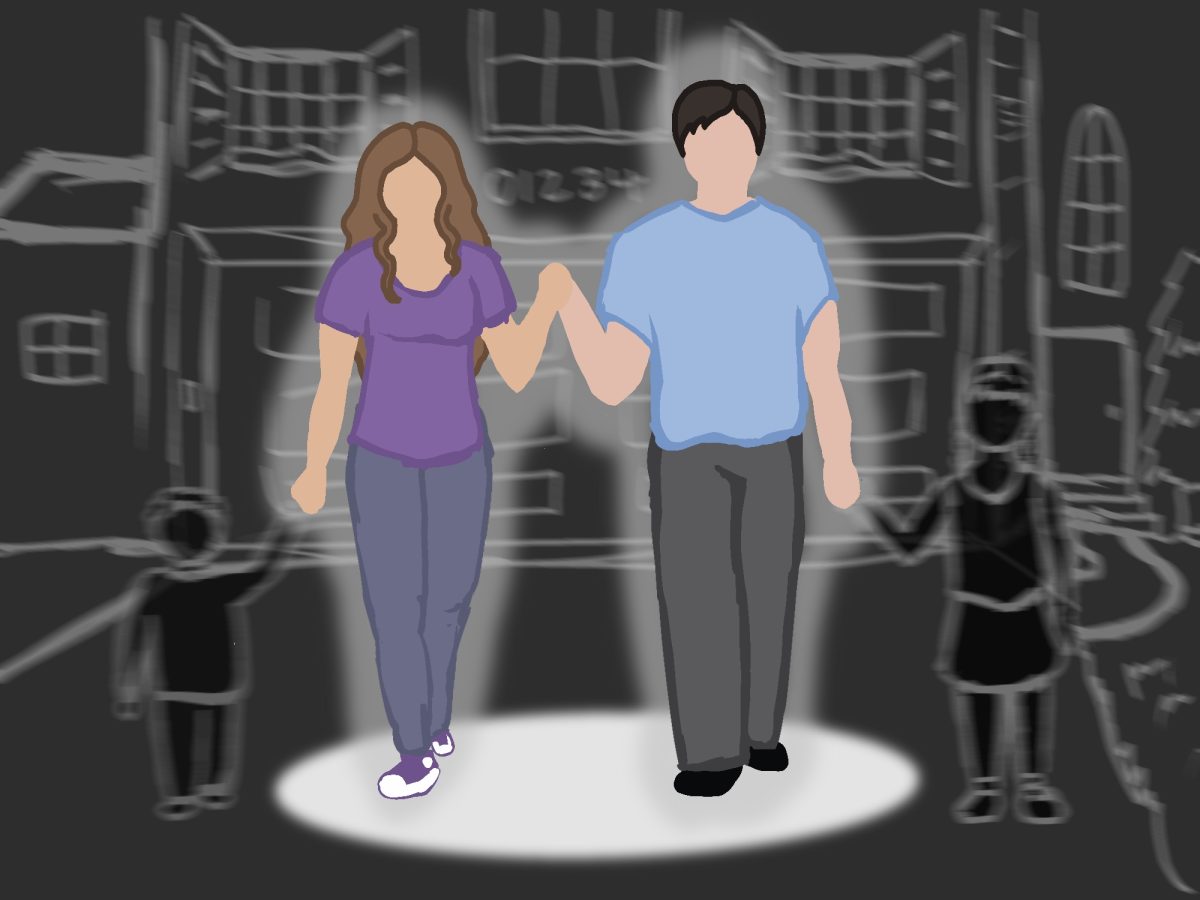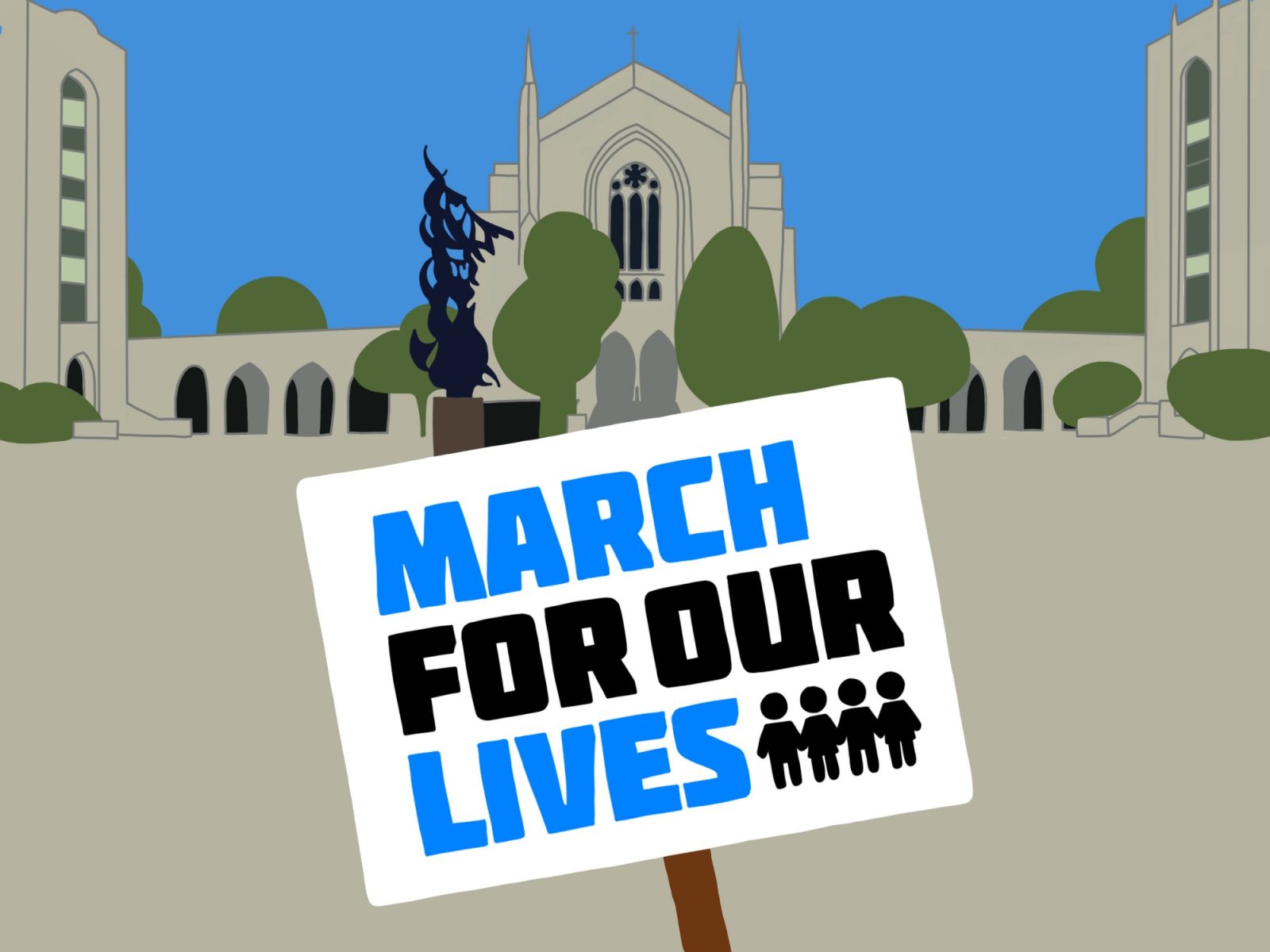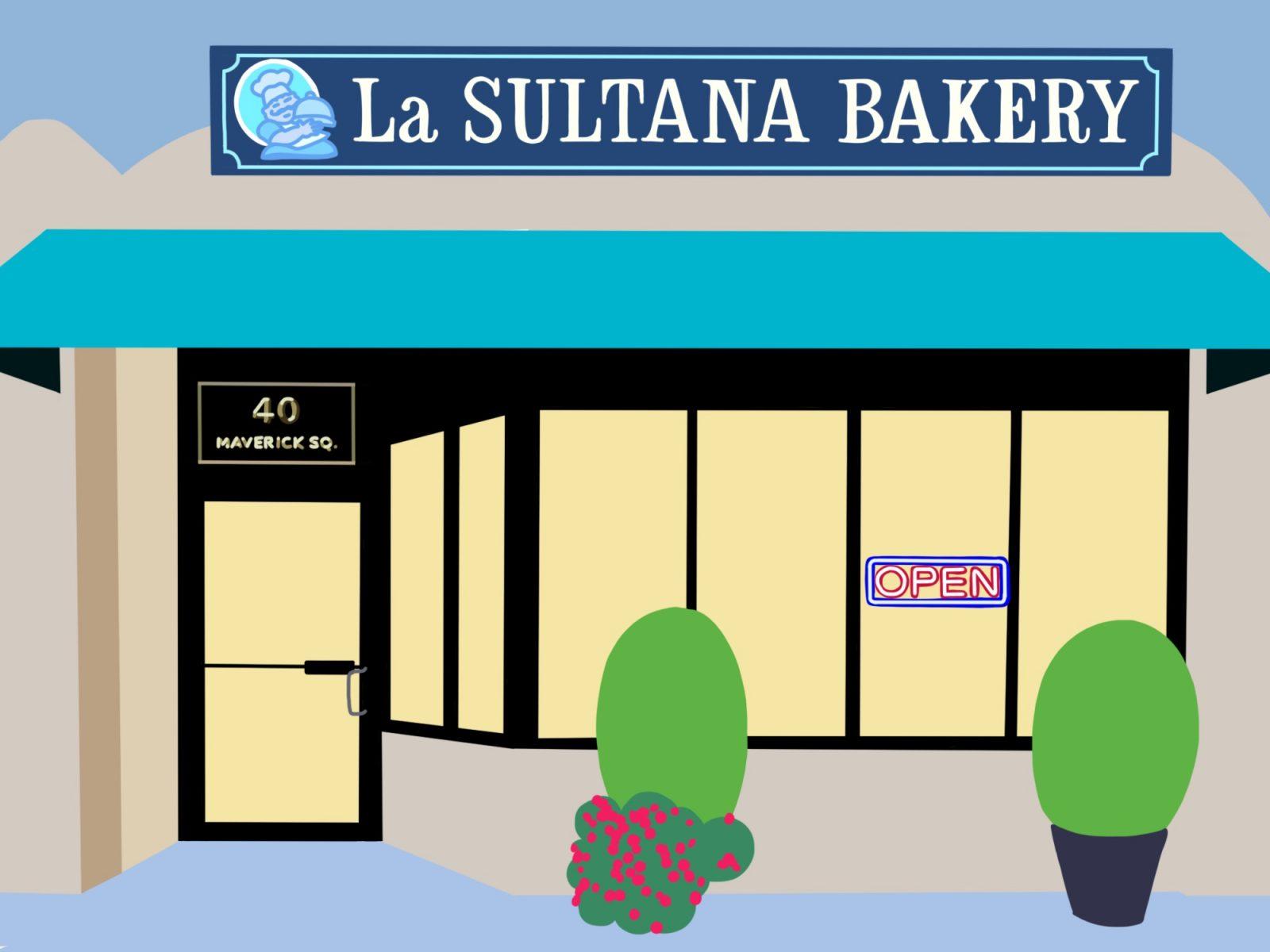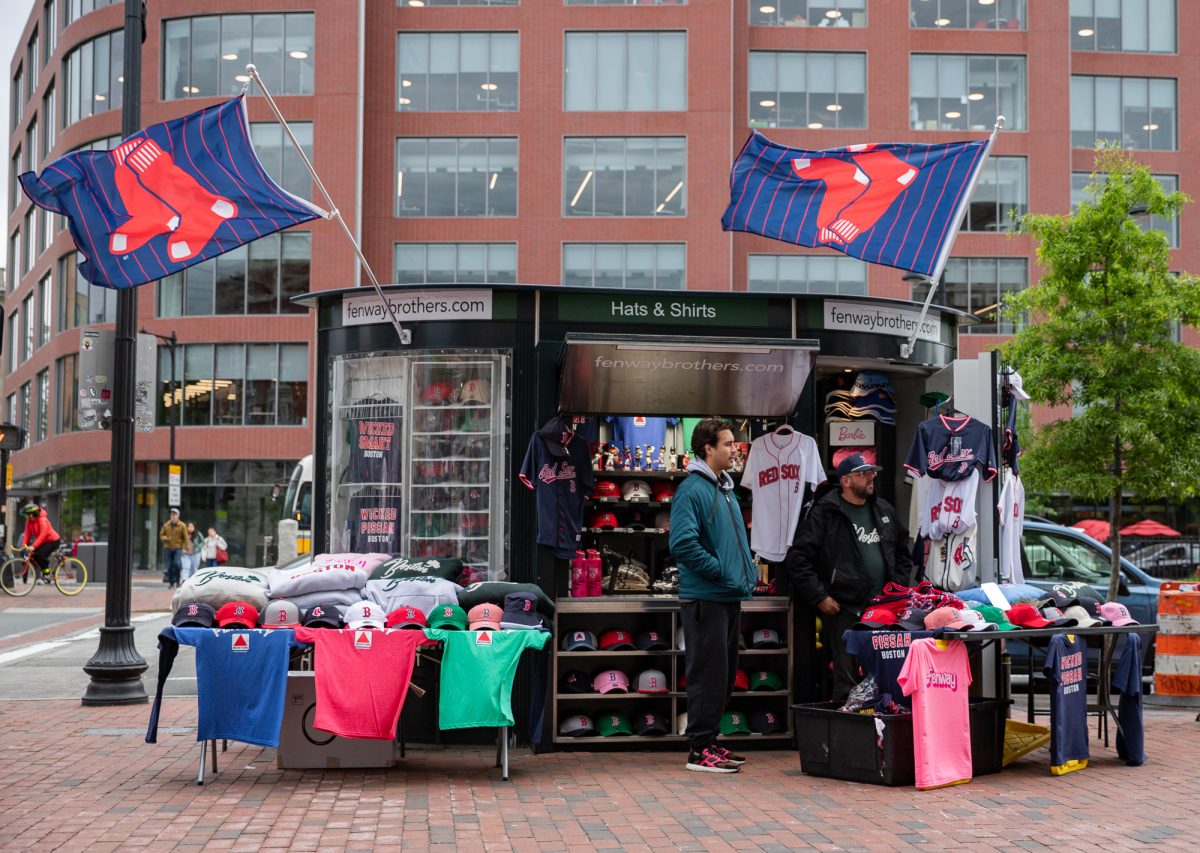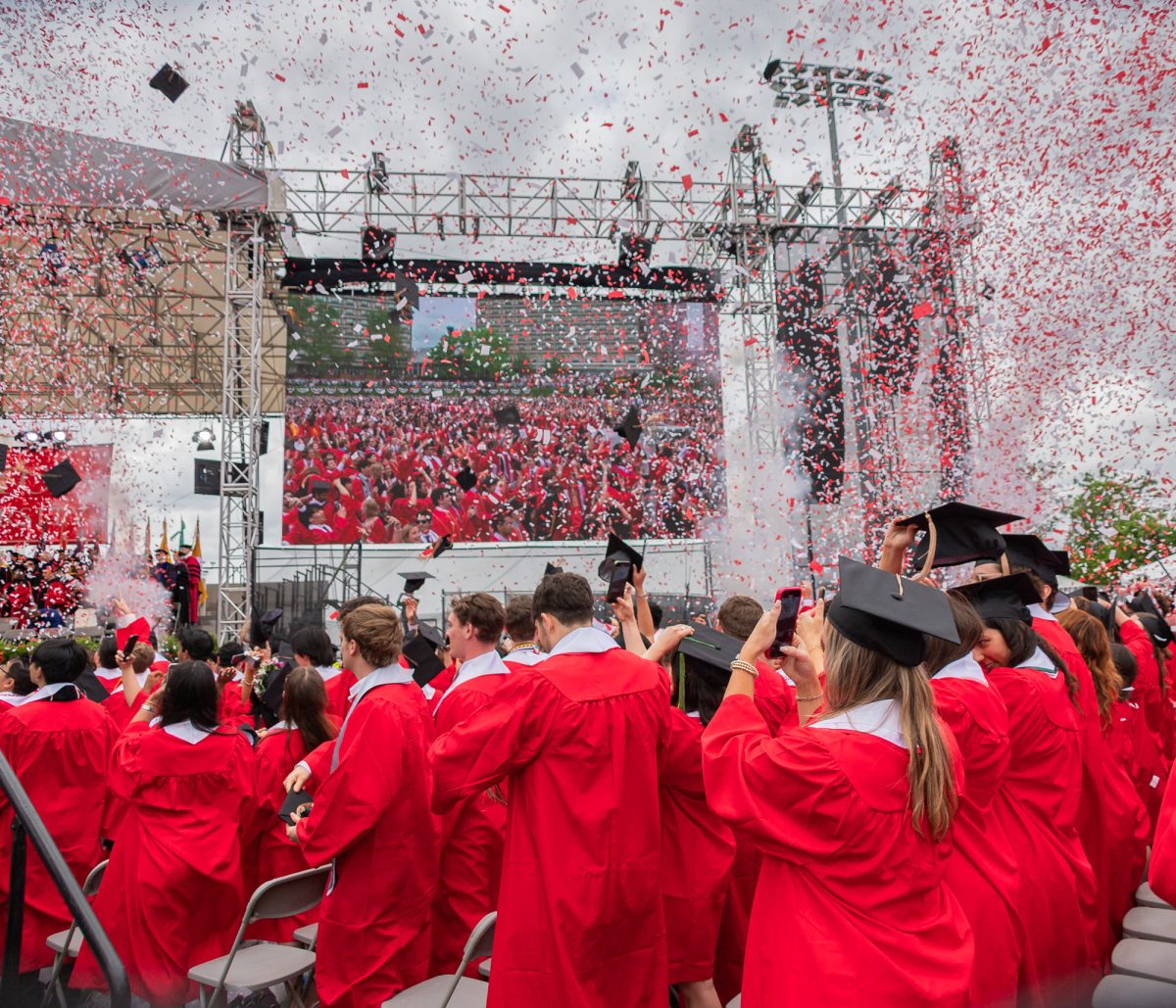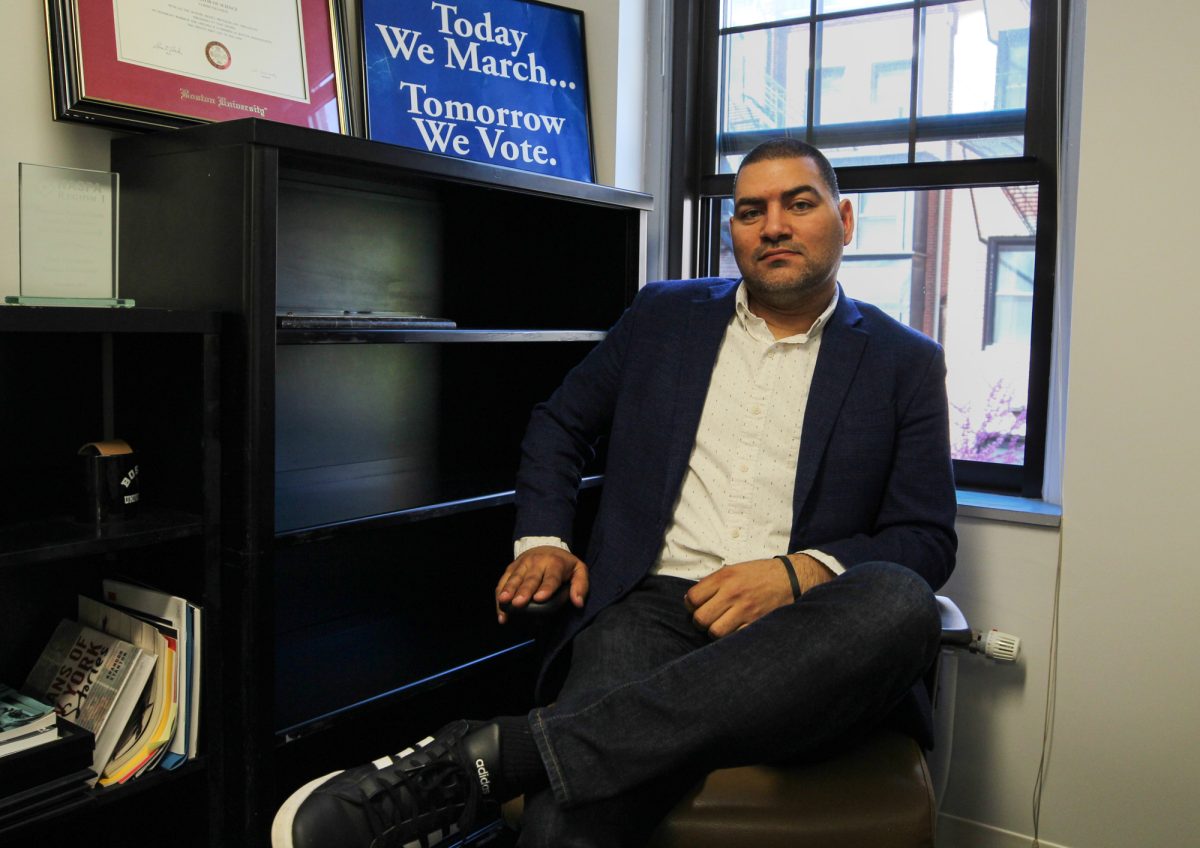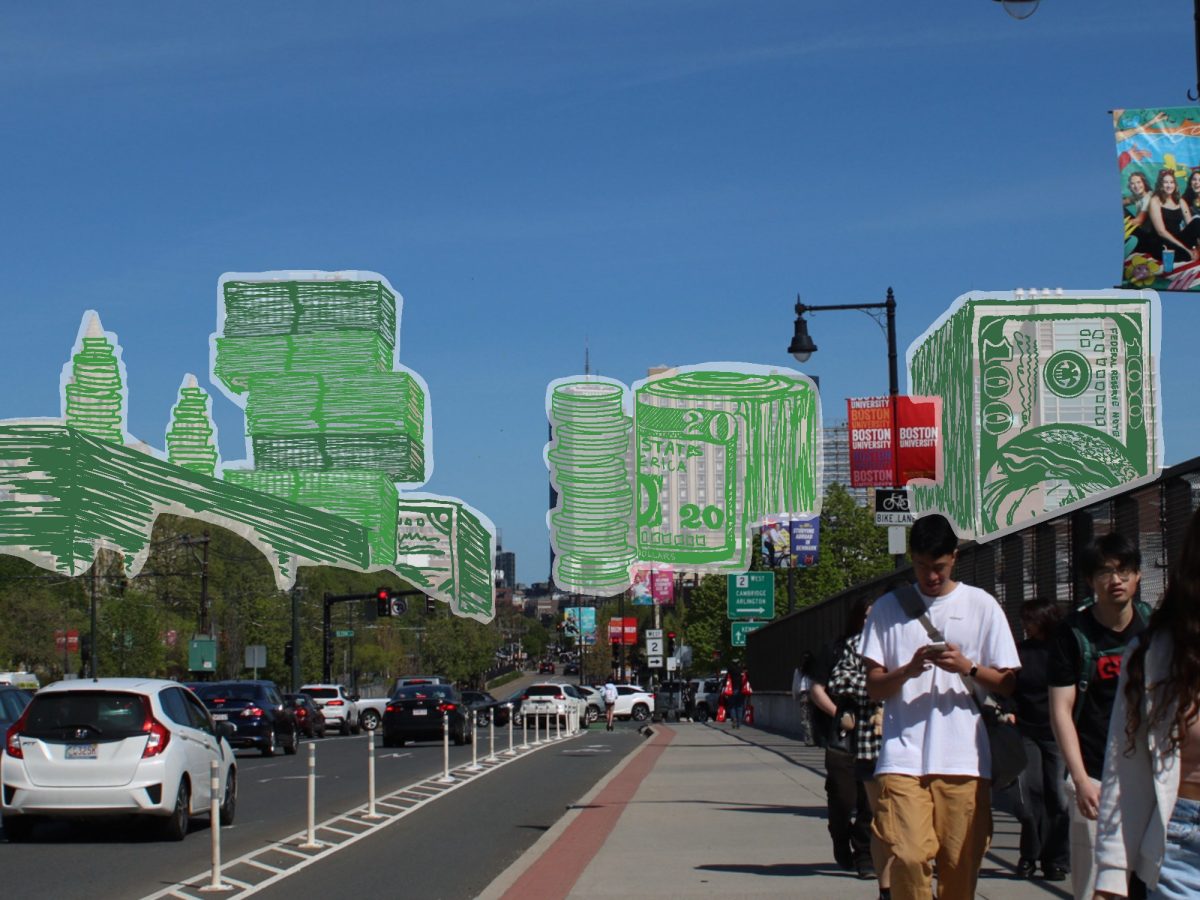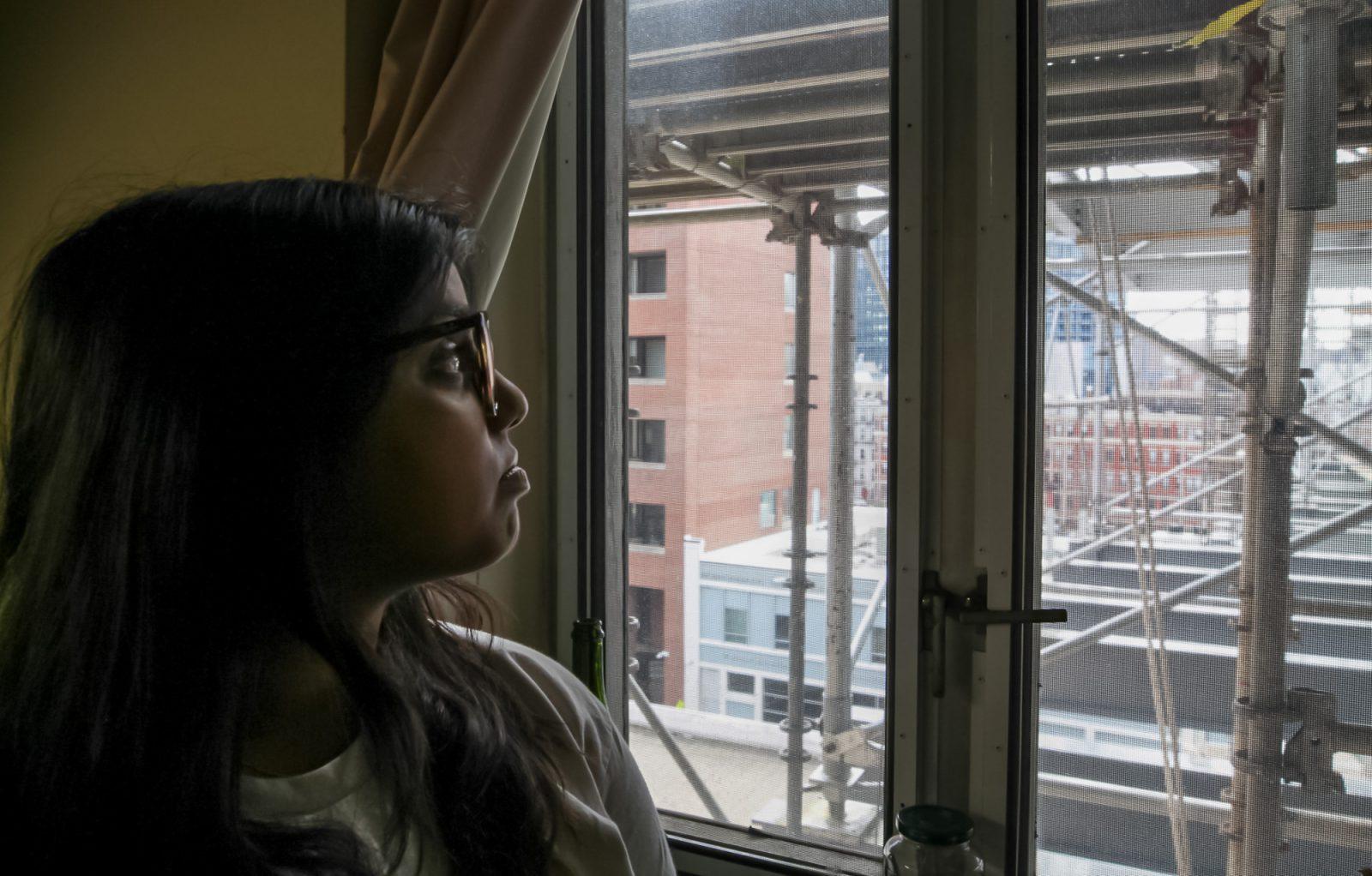Critics opposing the construction of the Boston University Level 4 Biosafety Laboratory said they were troubled by the sight of firefighters in hazmat suits evacuating a BU Medical Center building across the street from the biolab’s construction site yesterday, but BUMC and fire department officials said the response to the reports of smoke were handled efficiently.
Firefighters responded to alarms at 11:40 a.m. that went off because of smoke on the ninth floor of the Center for Advanced Biomedical Research, said Boston Fire Department spokesman Steve MacDonald. After evacuating the building at 700 Albany St. in Boston’s South End, firefighters spent several hours examining the ninth floor for damage, he said, adding no researchers had been working on the floor at the time of the alarms.
“Our entry team went in, and the first thing they wanted to check was the biohazards in [the] room,” he said.
Though the BFD had not formally announced the cause of the smoke as of last night, MacDonald said it “most plausibly” was caused by the electrical system, explaining the smoke cleared as soon as firefighters shut off power to the building. The official investigation to the cause of the smoke will be handled by BU, MacDonald said.
The BFD responds to hazardous material situations about once a week in hospitals and other research facilities, MacDonald said, explaining the BFD would have responded similarly if there was smoke near a CAT Scan machine.
Yesterday’s incident raised concerns about the safety of the BSL-4 lab under construction, which will house research on some of the world’s most contagious diseases. Because it is being built in a more populated area than any other BSL-4 lab in the country, the lab has drawn widespread opposition from community groups that contend it poses a threat to Boston residents.
BUMC Corporate Communications Associate Director David Goldberg said the way the situation was handled yesterday indicates Boston and the BUMC are prepared to respond to any problems that arise with the BSL-4 lab or other existing buildings.
“We had the right-trained personnel in the right place, at the right time,” he said. “It shows that all of our procedures work the way they are supposed to.
“There was no danger to the public,” Goldberg added, noting that all of the biological agents studied on the ninth floor are kept in double-locked fireproof freezers, which the BFD confirmed.
“We anticipate little damage, if any at all,” he said. “It was contained quickly.”
Although he said he was outside the building for most of the day, he said he did not believe the office had received any phone calls from residents or groups opposed to the biolab.
Goldberg did not comment on whether the BUMC expects a backlash from such groups in the near future, and said it is too early to tell if any new fire safety measures will be implemented at the facilities.
“It depends if it was really an electrical fire that caused this, or if it was something else,” he said.
Sue Gracie, a member of local group Coalition to Stop the Biolab, who said she ironically stumbled upon the scene as she arrived for a planned walk and vigil to protest the biolab construction across the street, said yesterday’s scare shows the difficulty of protecting the community from the hazardous materials studied in the labs.
“These incidents point out why these things are so inappropriate in urban settings,” she said. “That place was immobilized. You couldn’t get anywhere.
“If they had had an episode that involved the release of the kinds of organisms that they are talking about putting in the new lab, you can imagine what it would have been like,” she added.
Gracie said the BUMC’s assertion that the incident was contained quickly and effectively holds little weight when taking into consideration the deadliness of the materials that will be studied in the new lab.
“I don’t think this does show they would handle [a situation like that] well,” she said. “It was a mess down there.”

